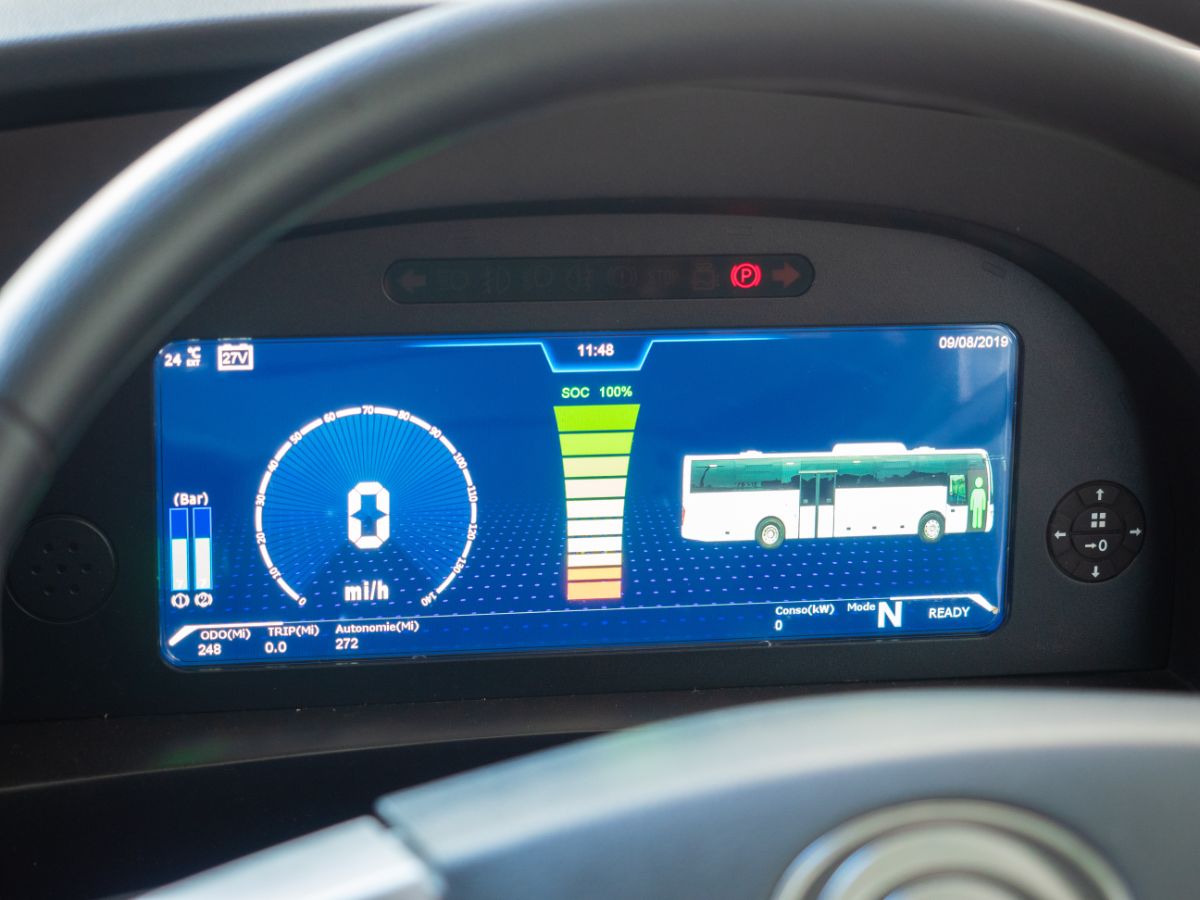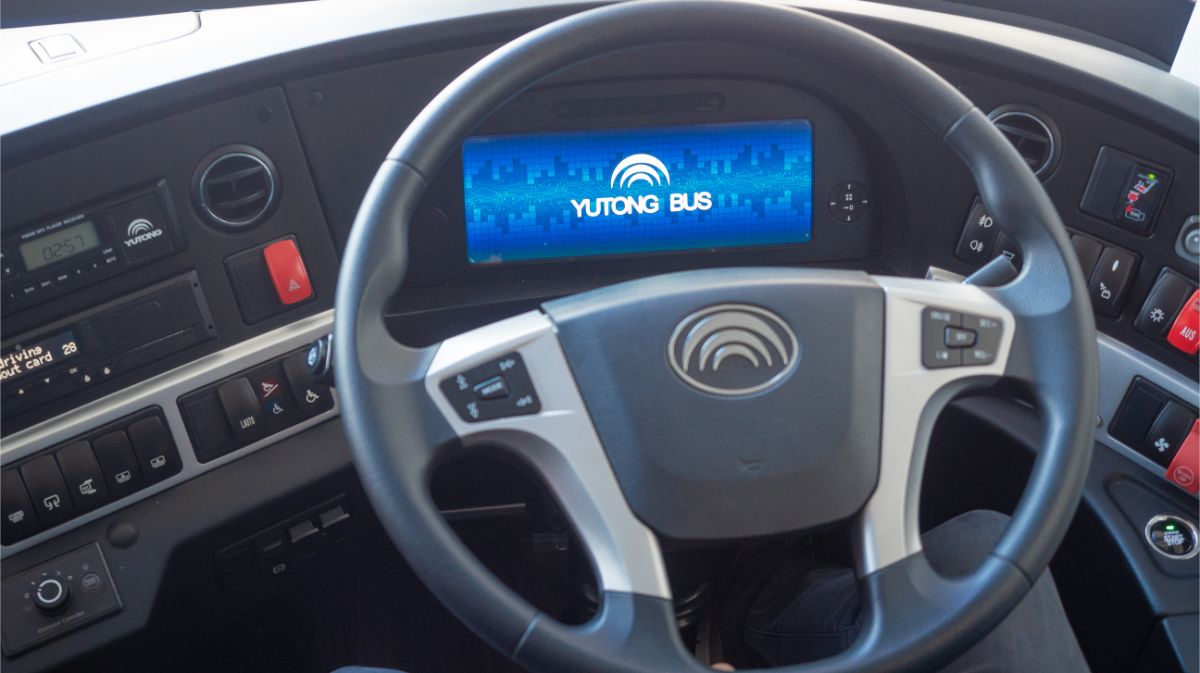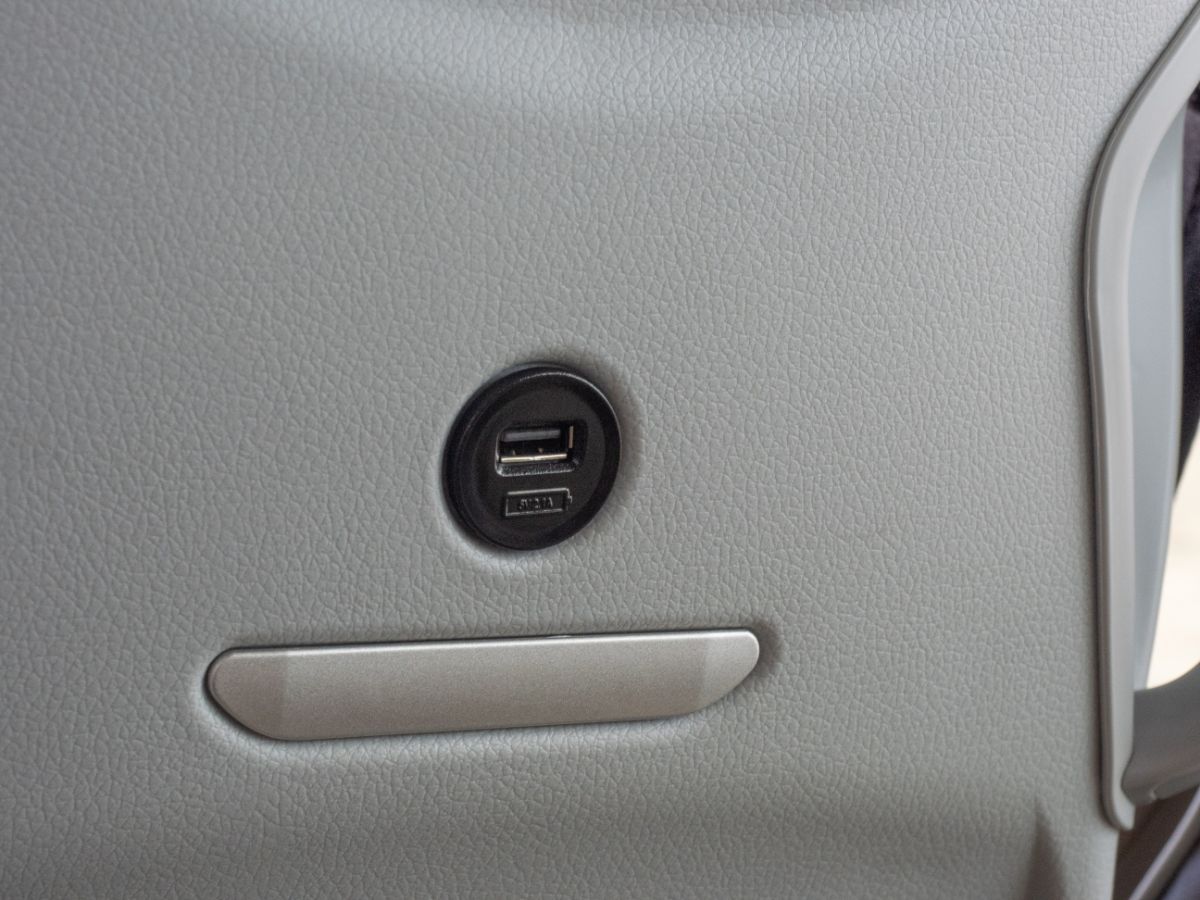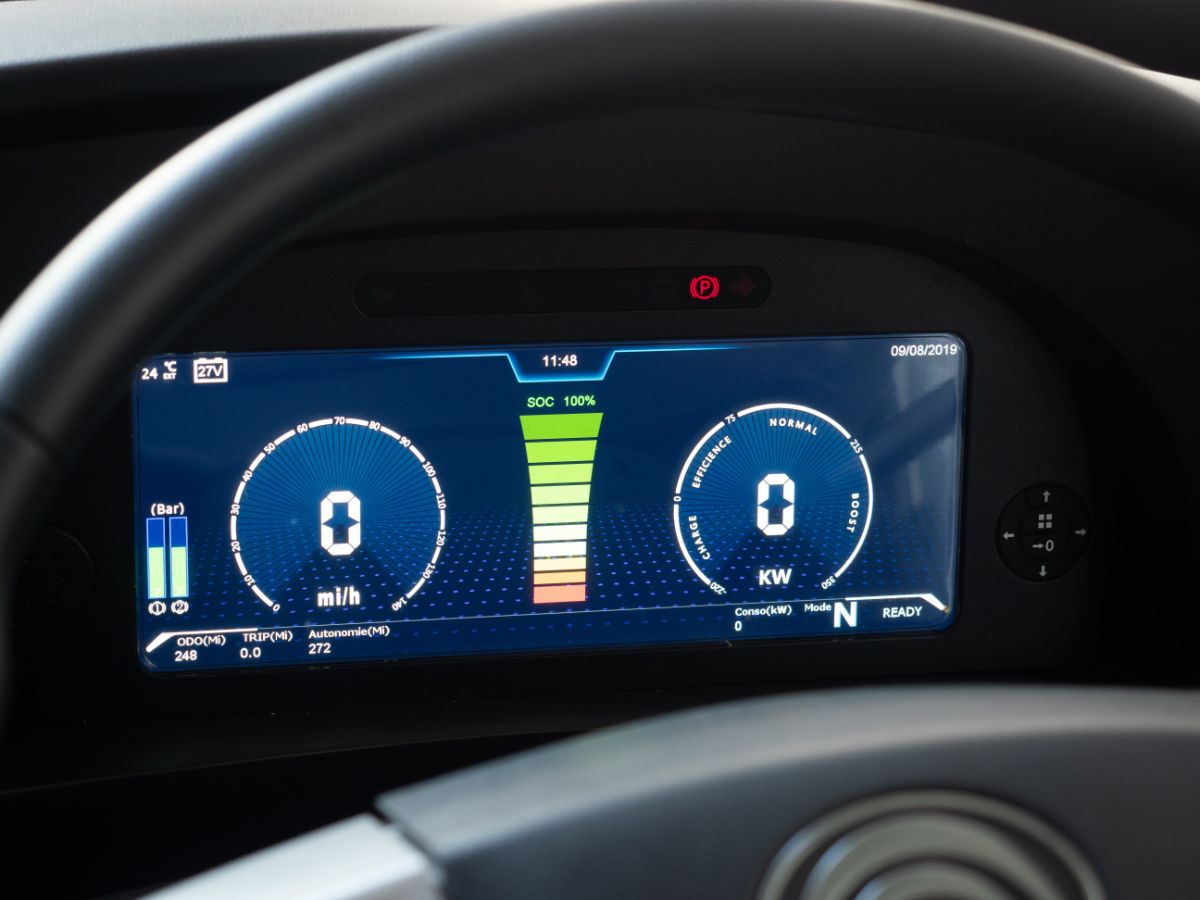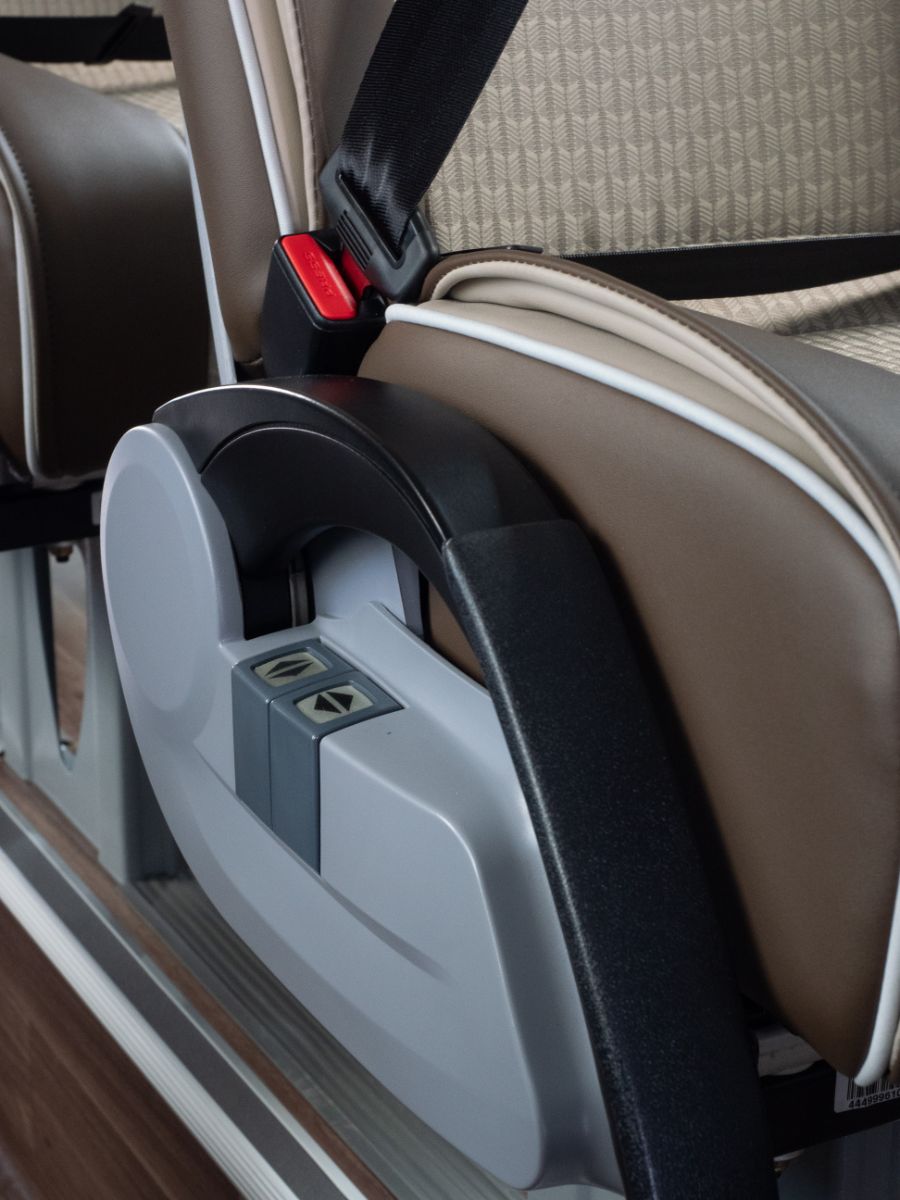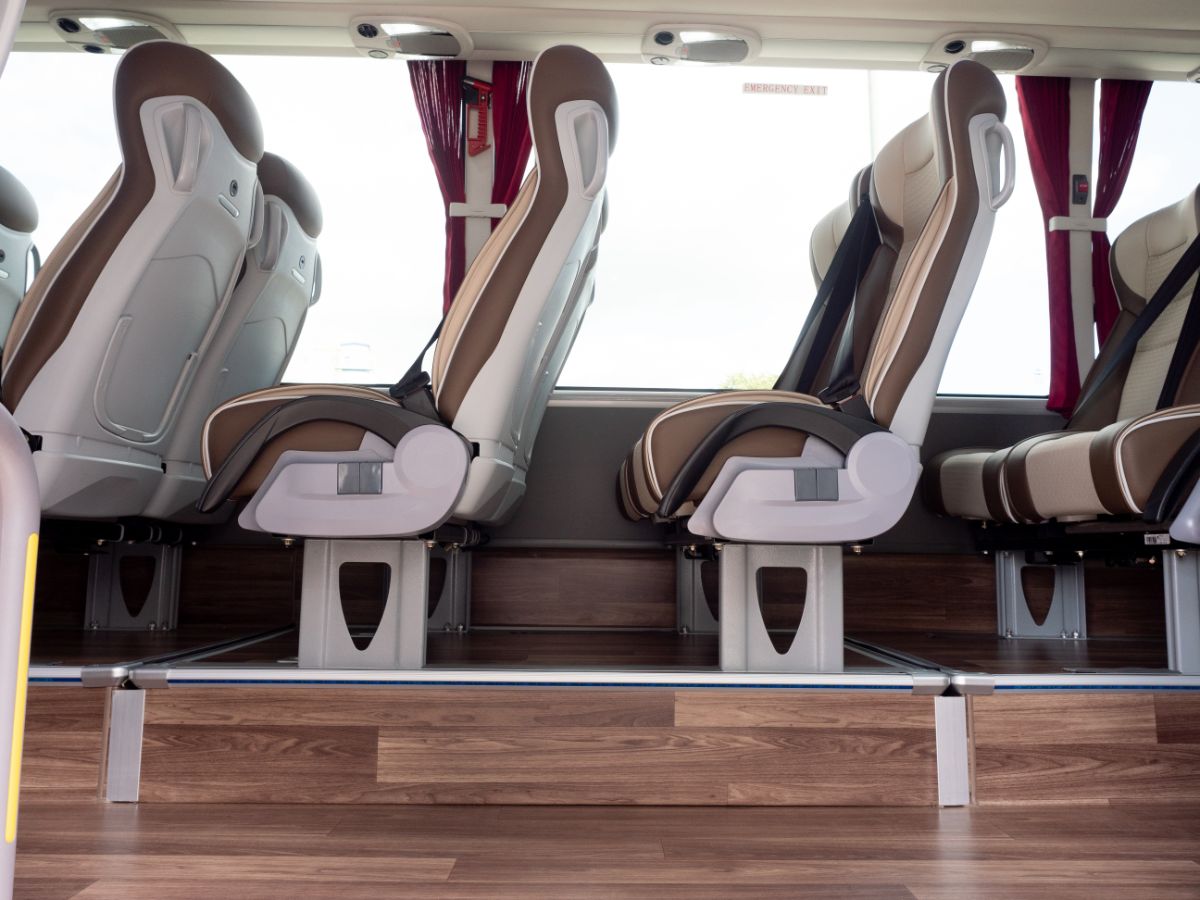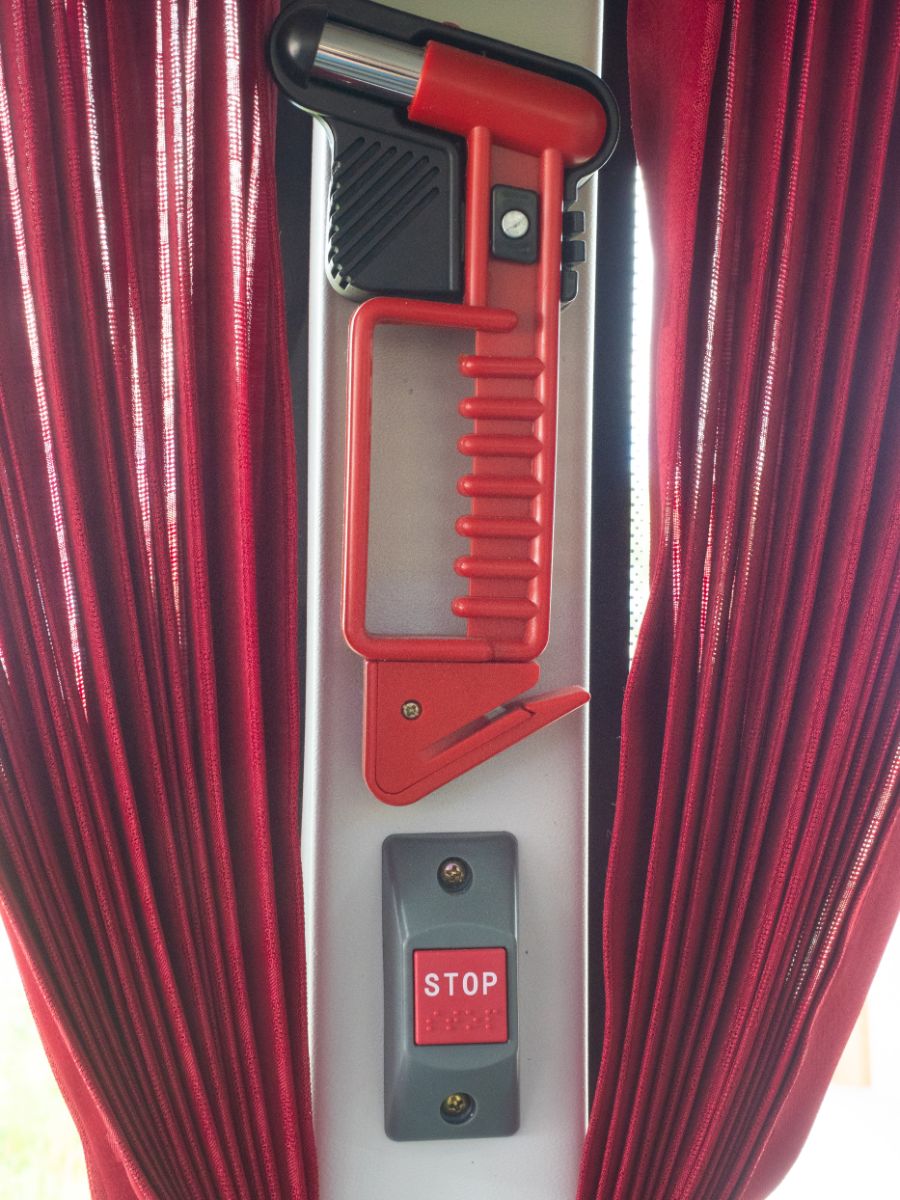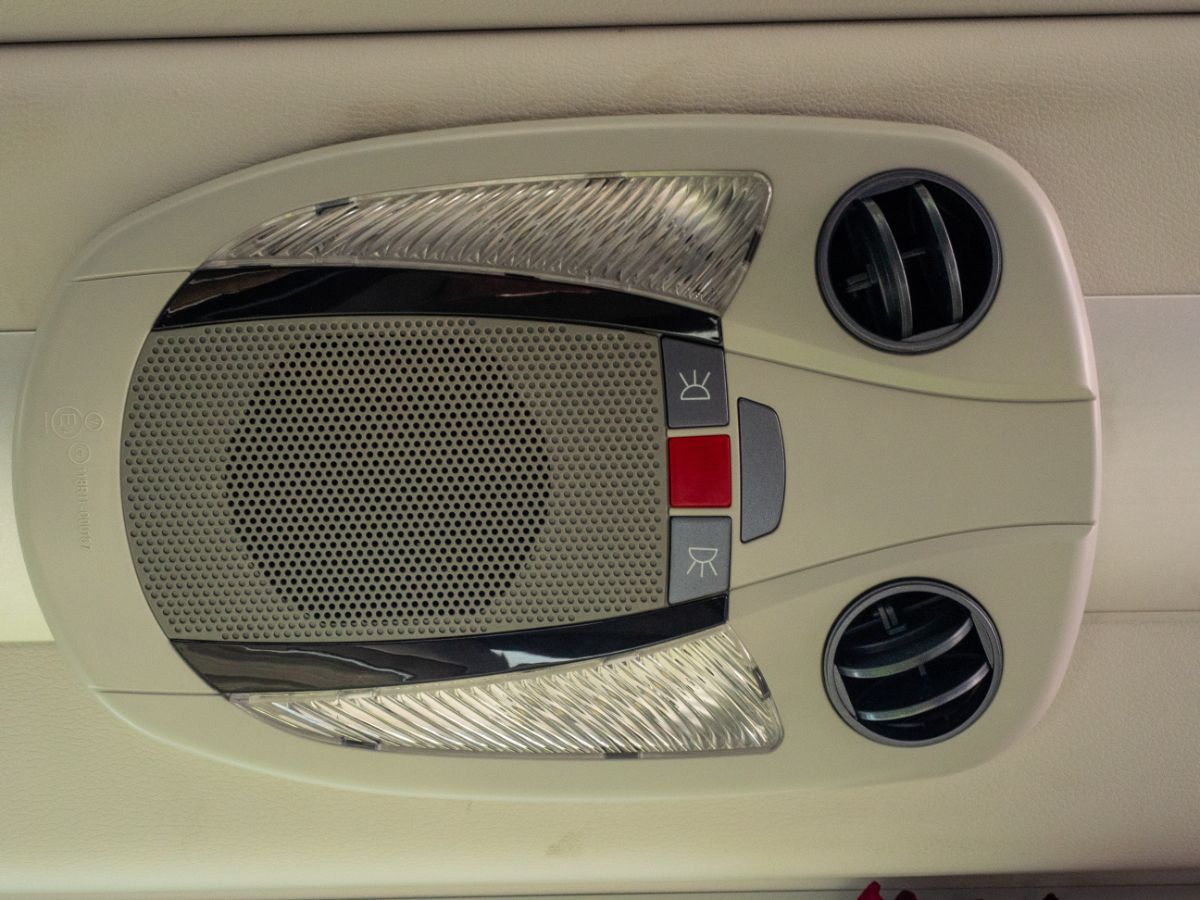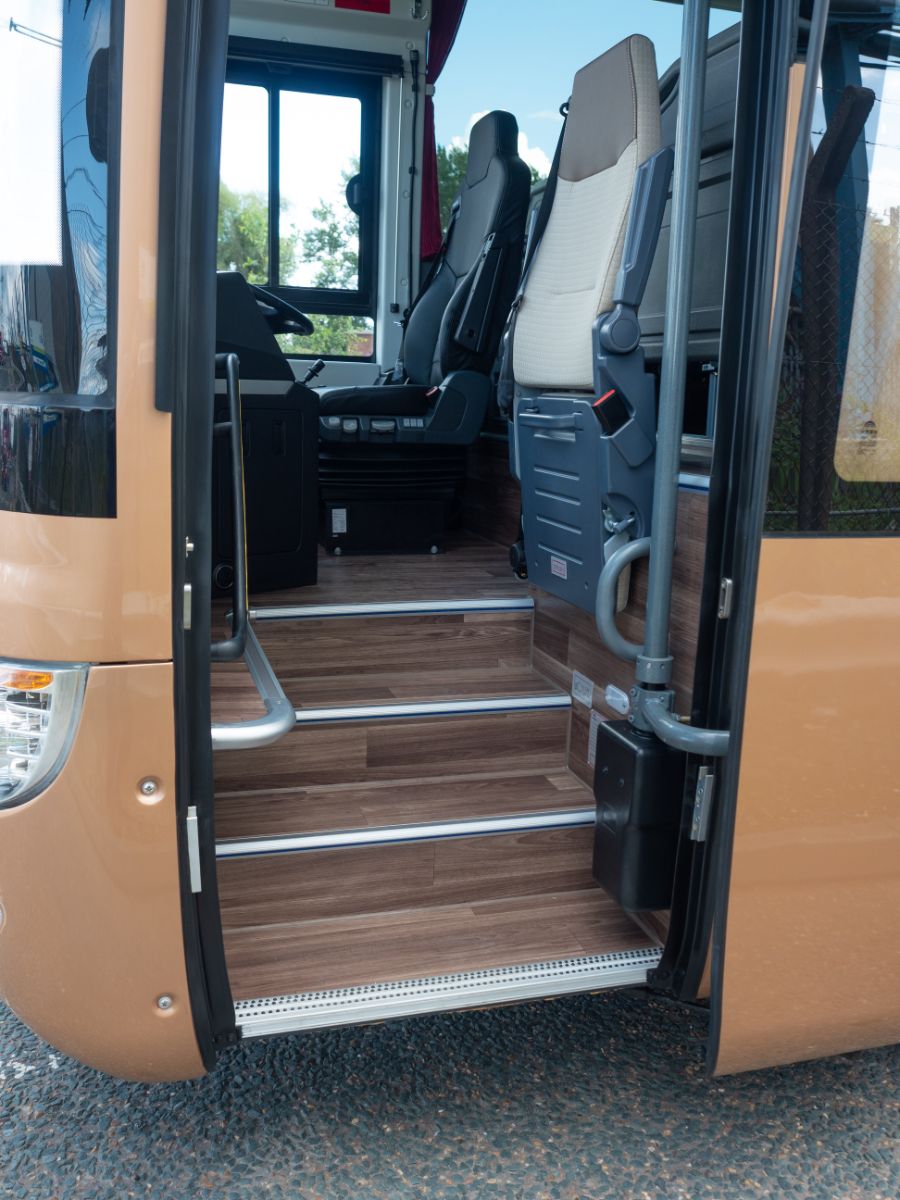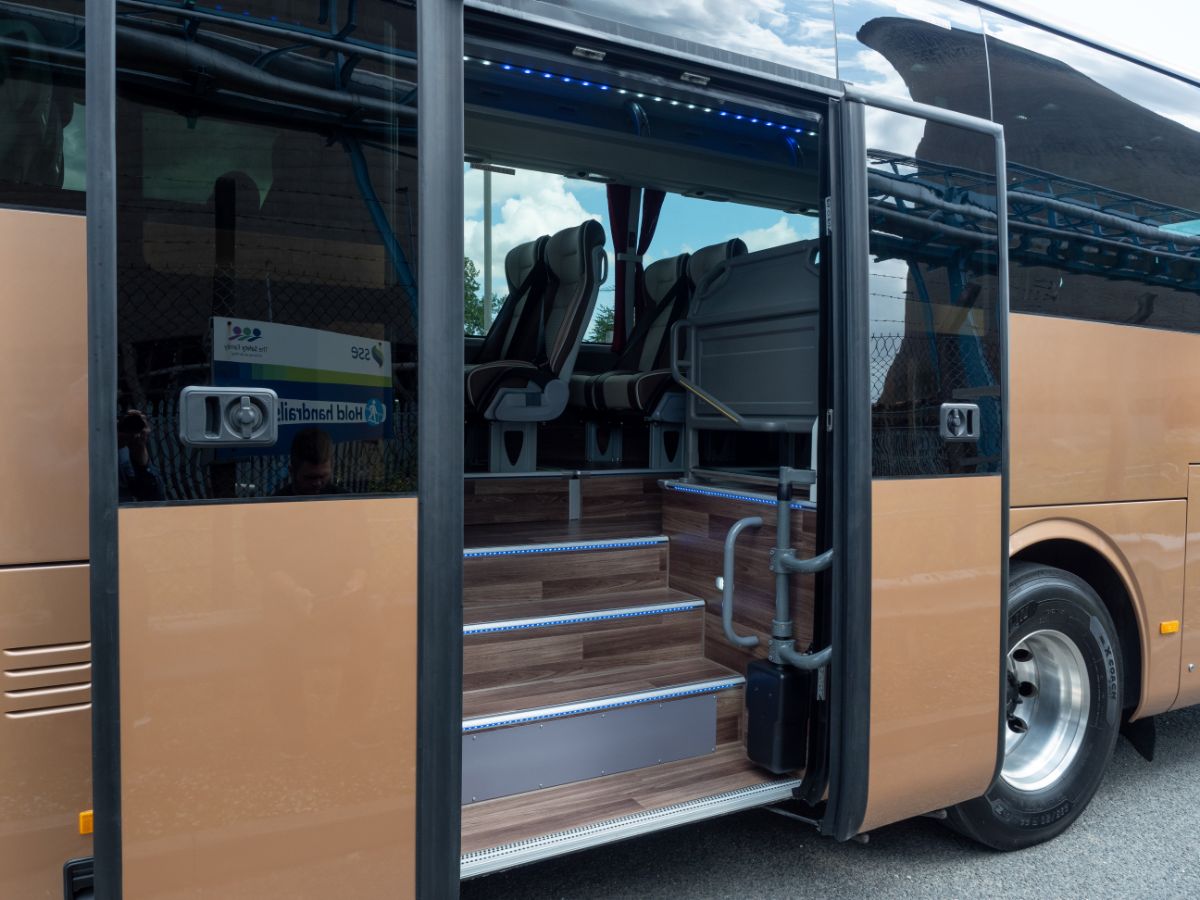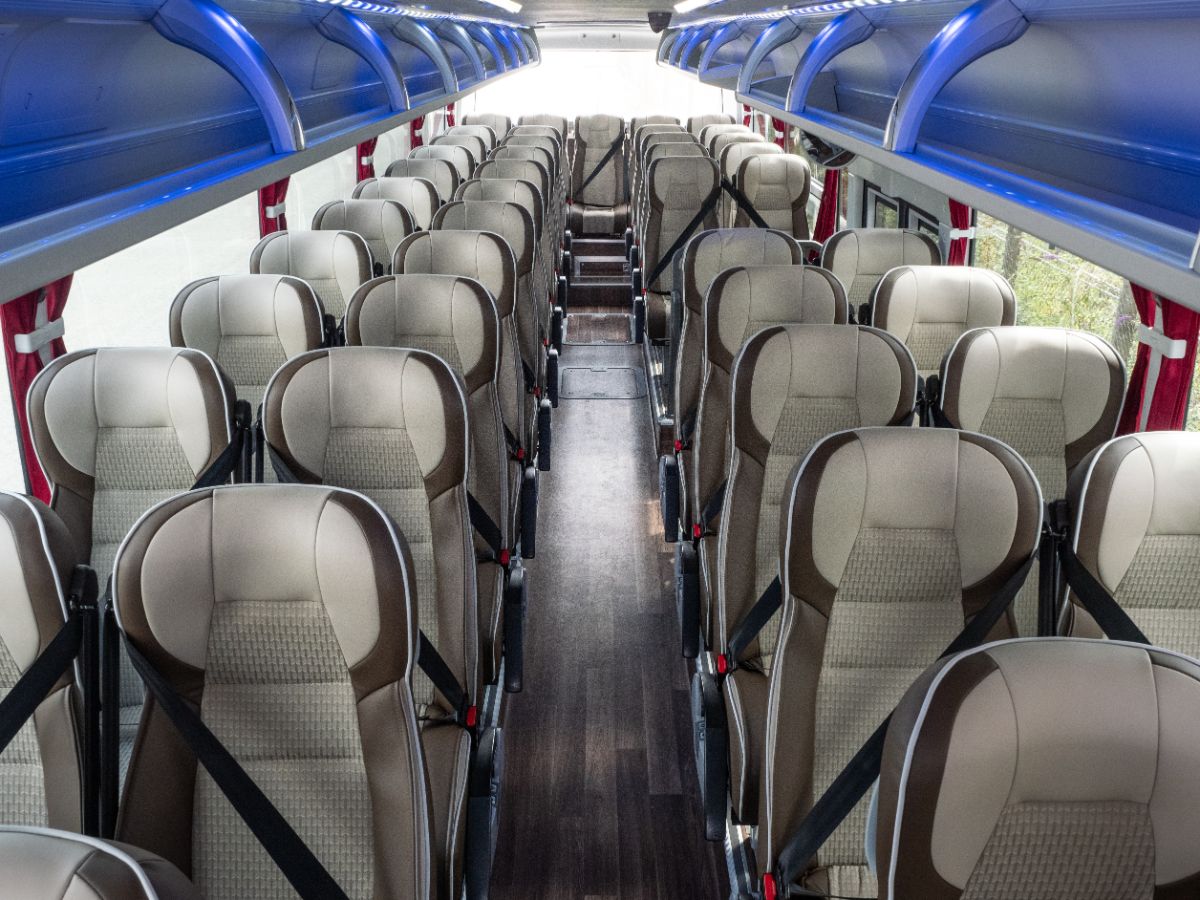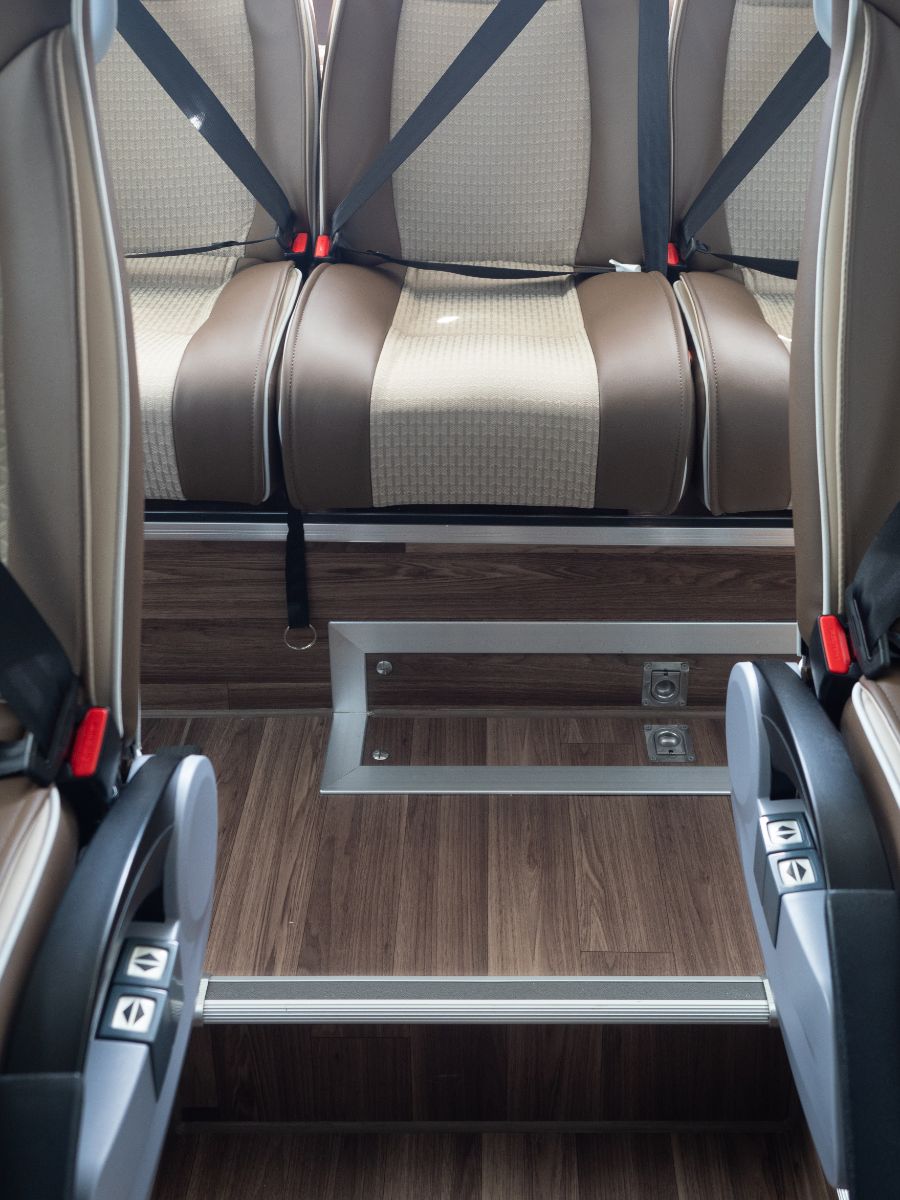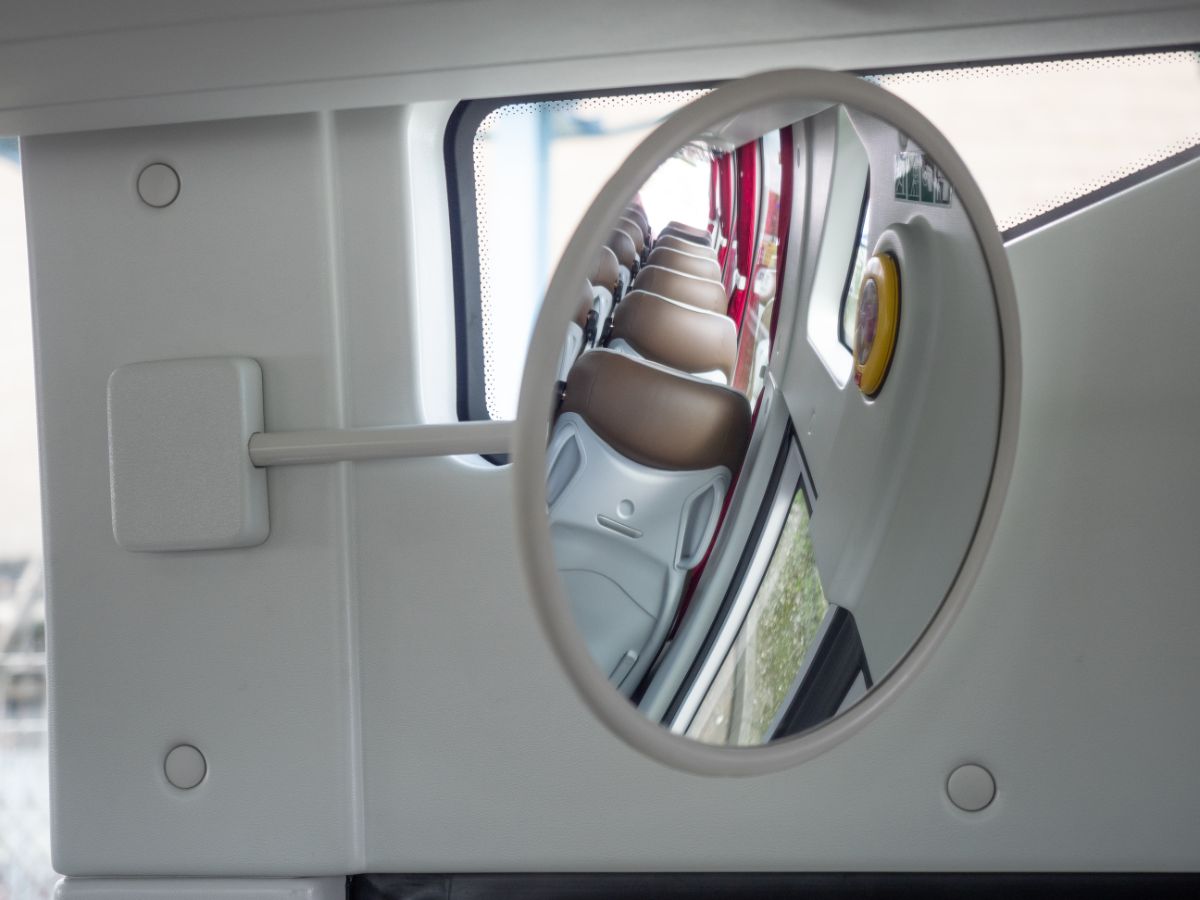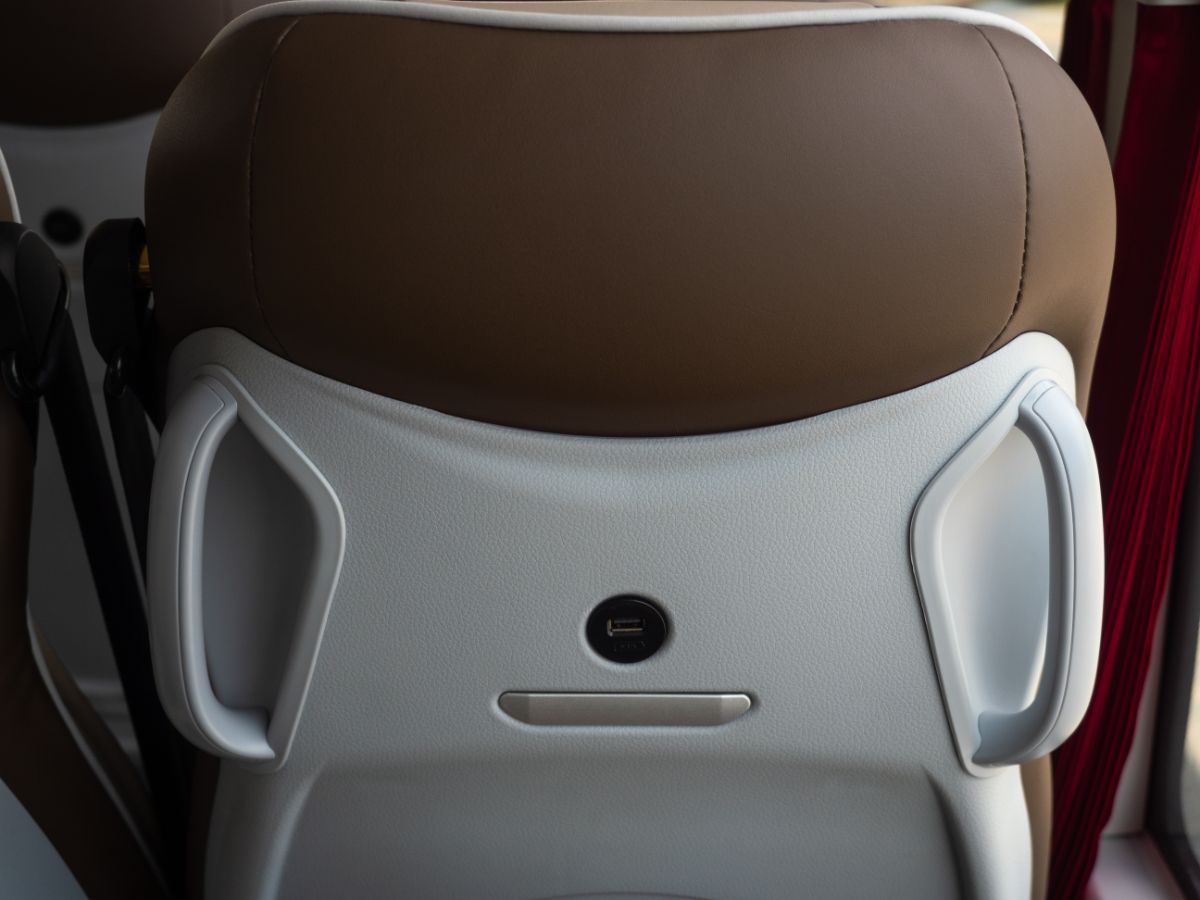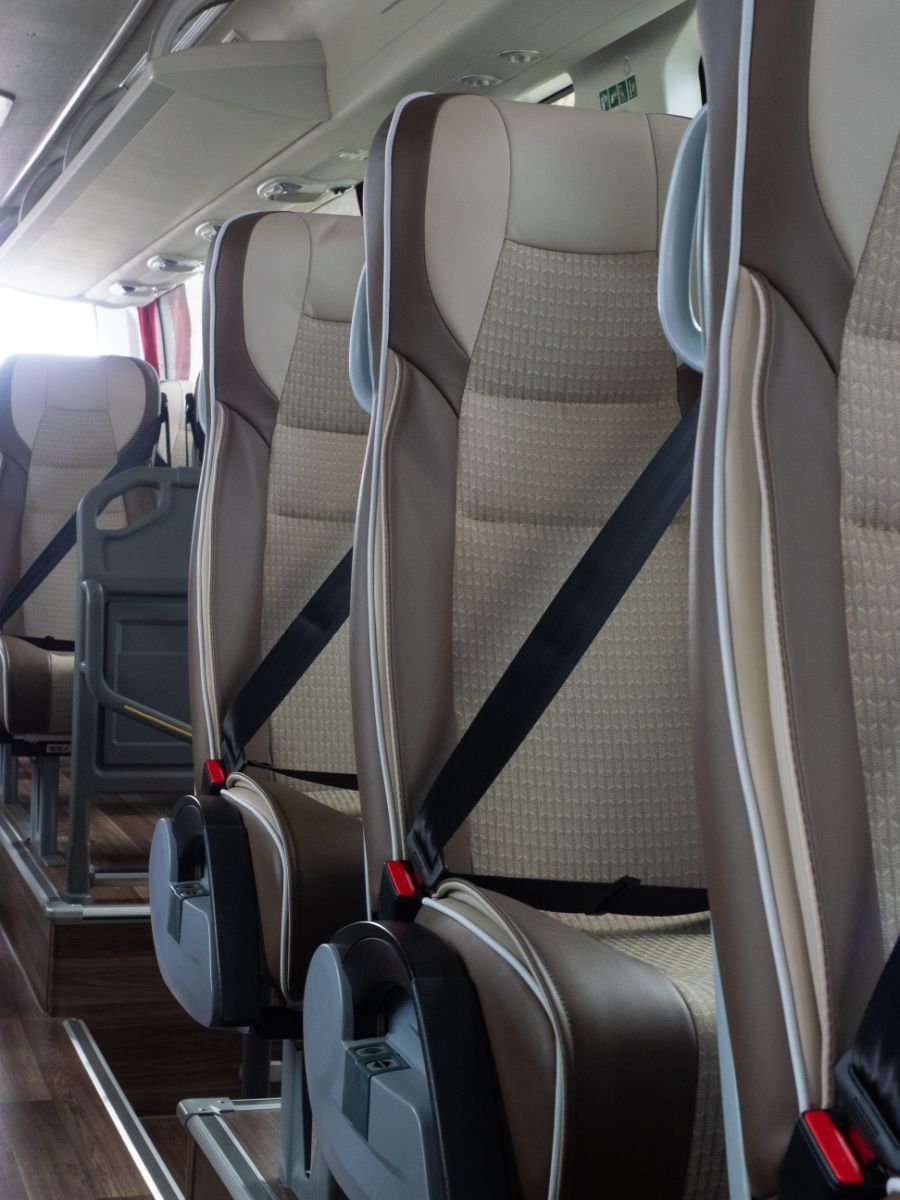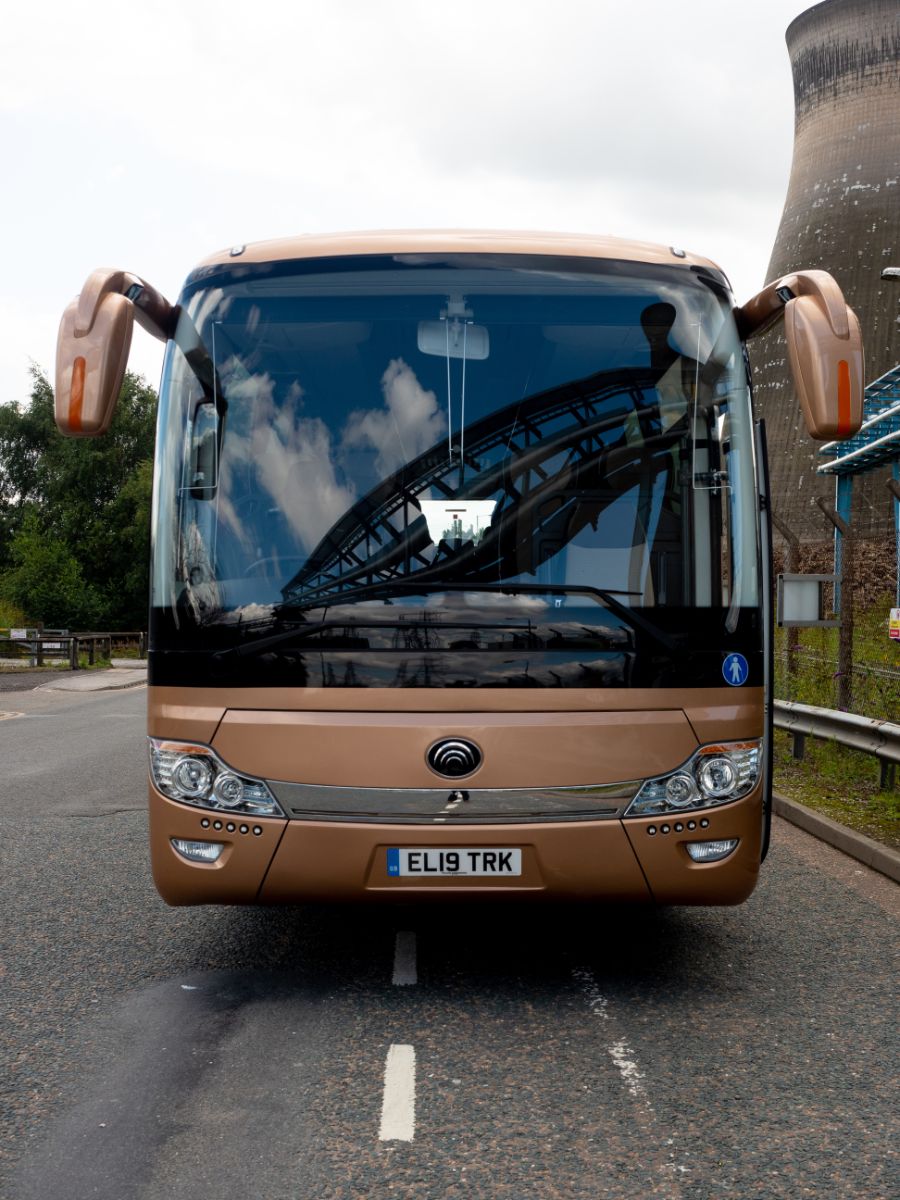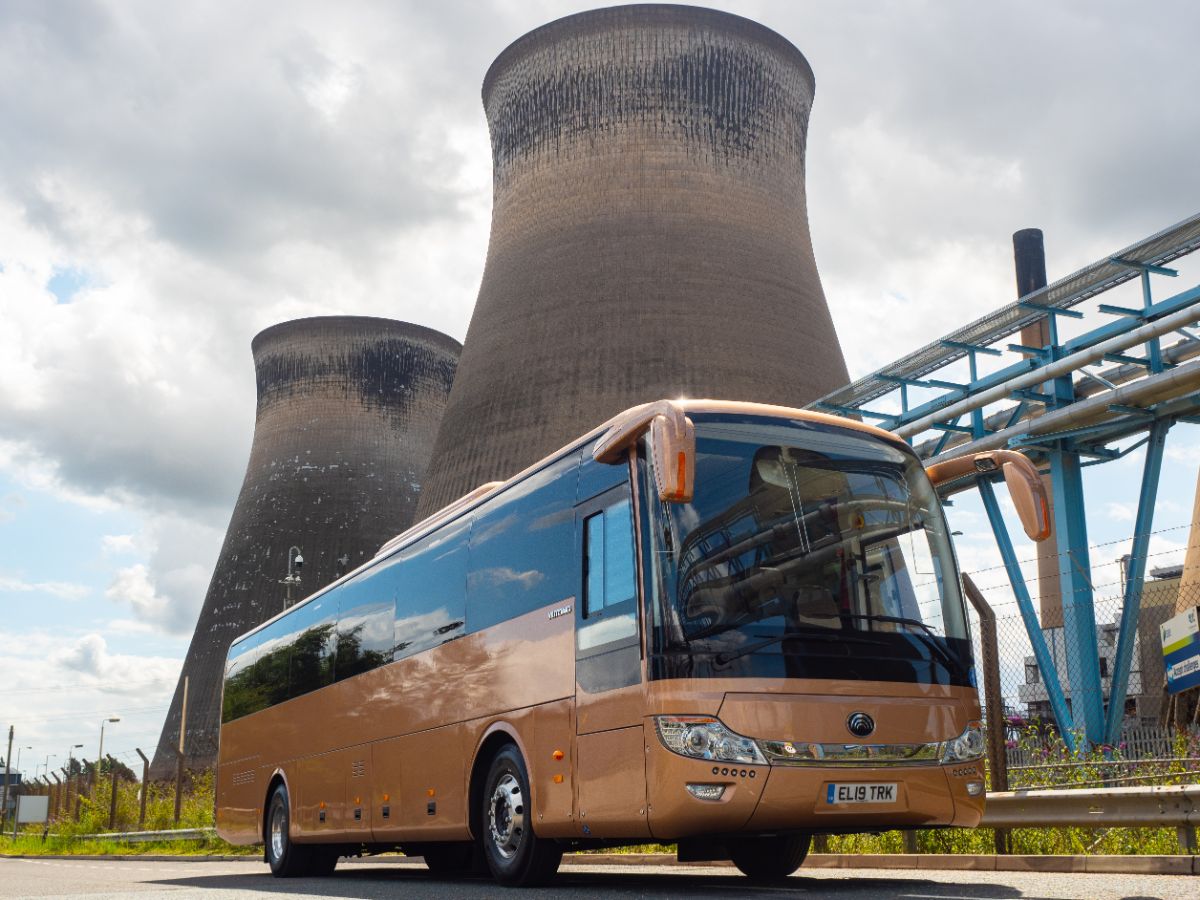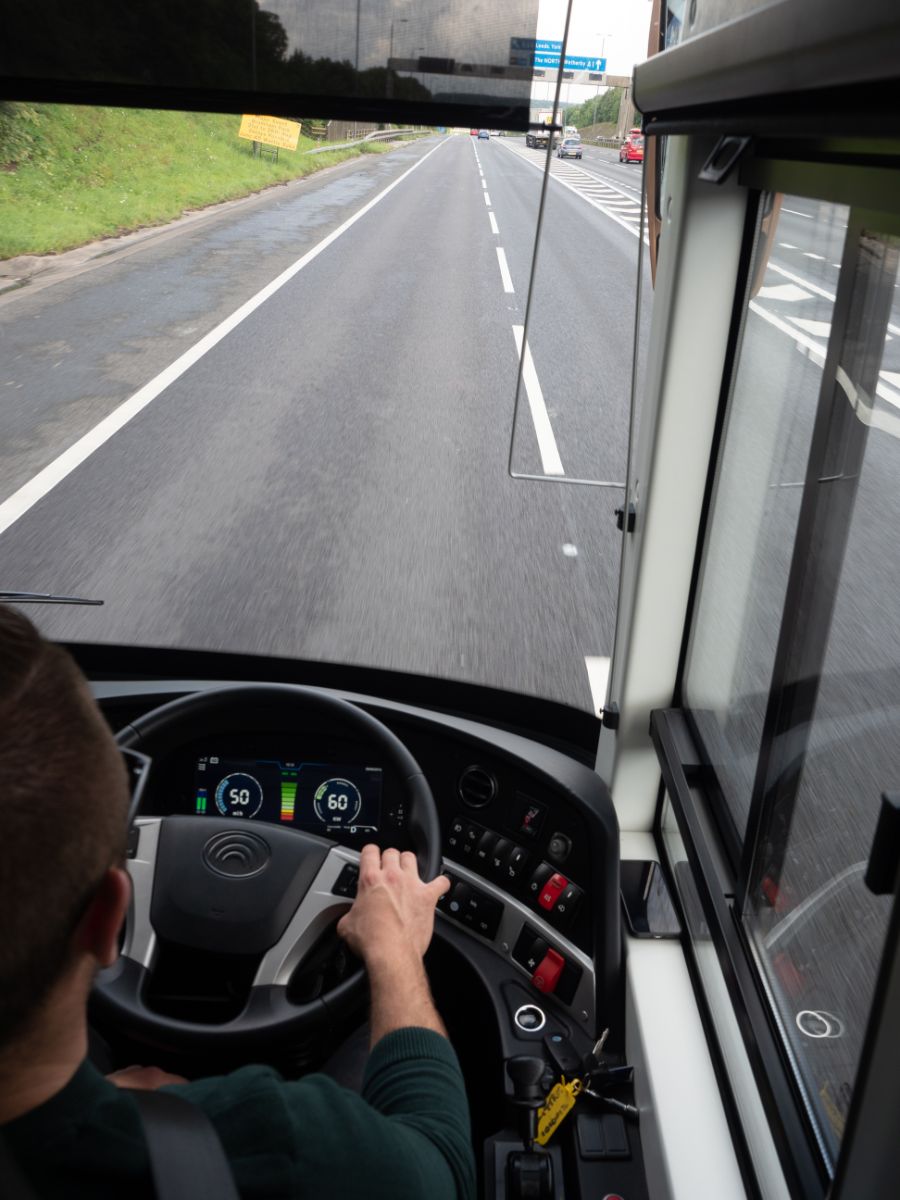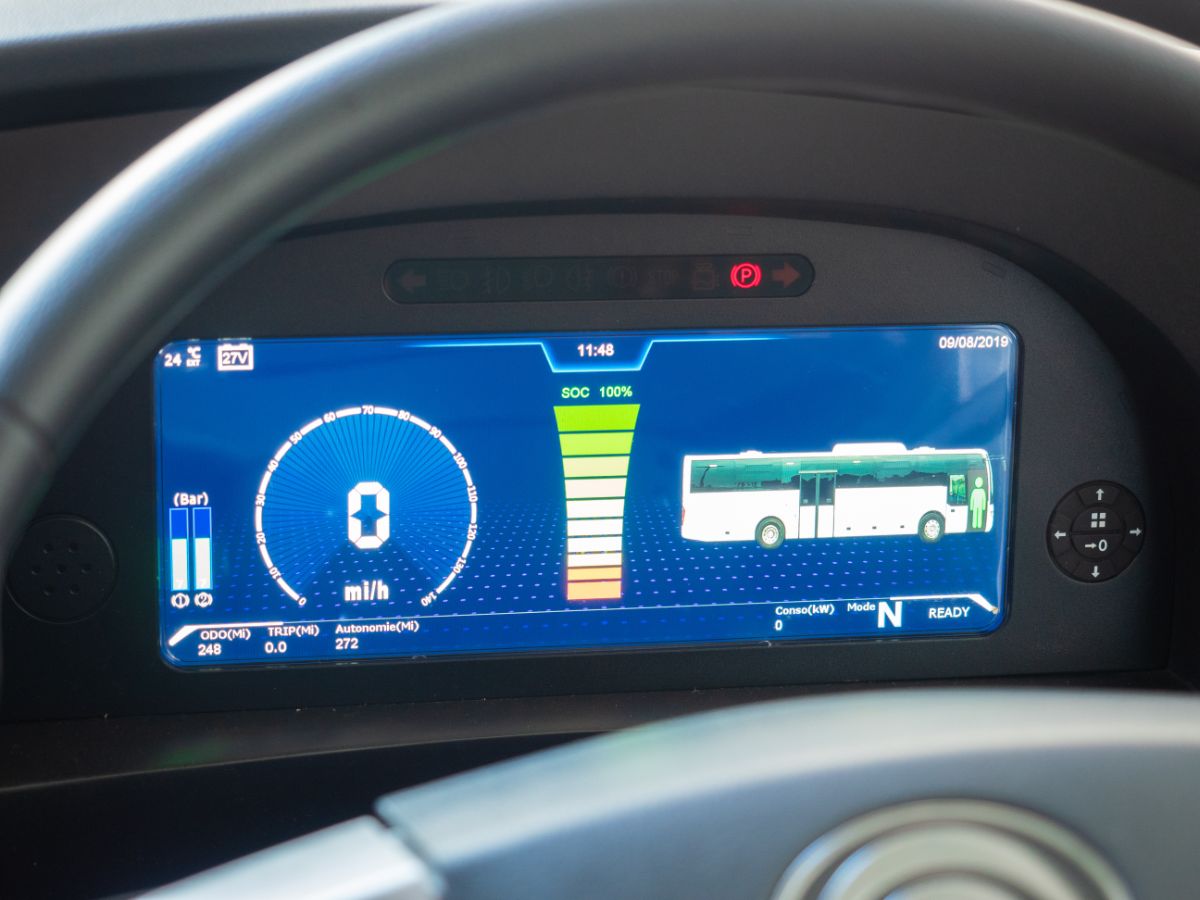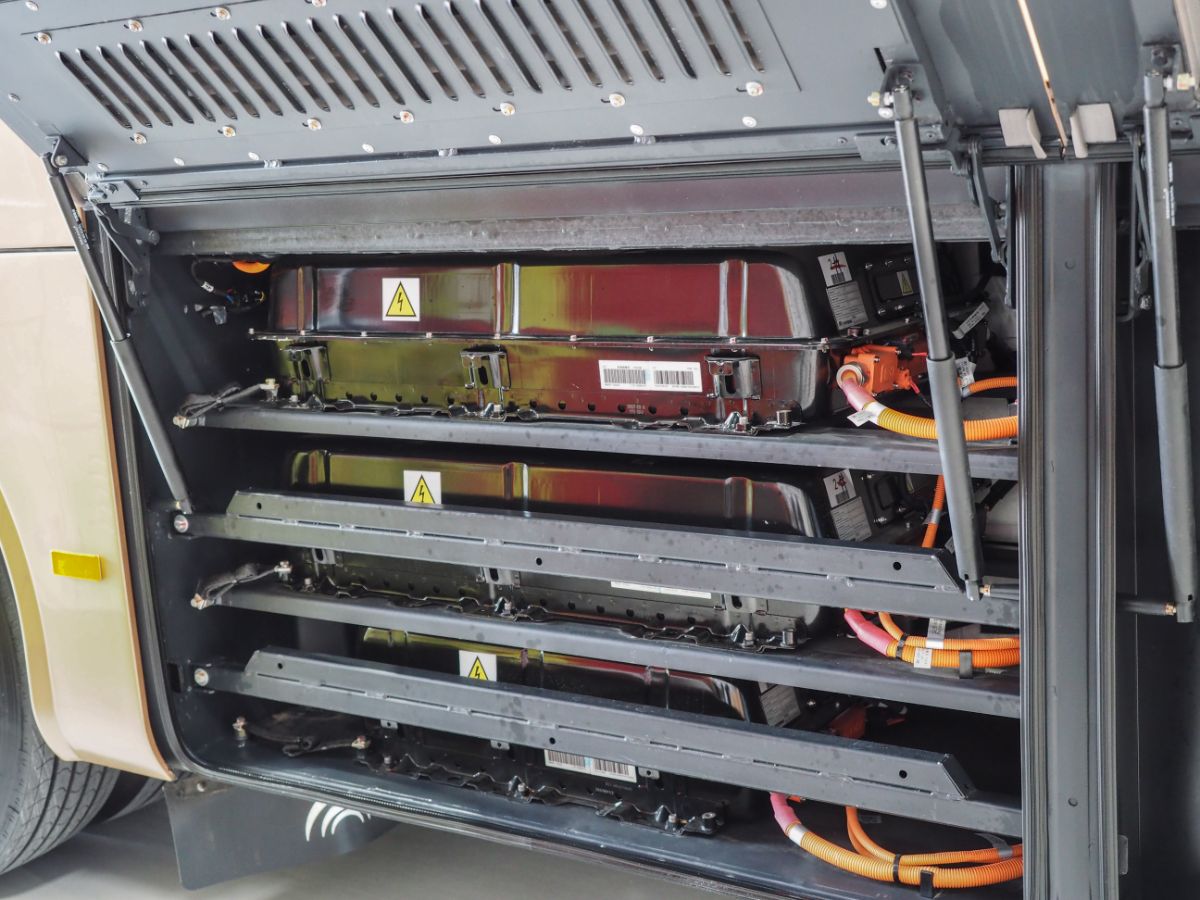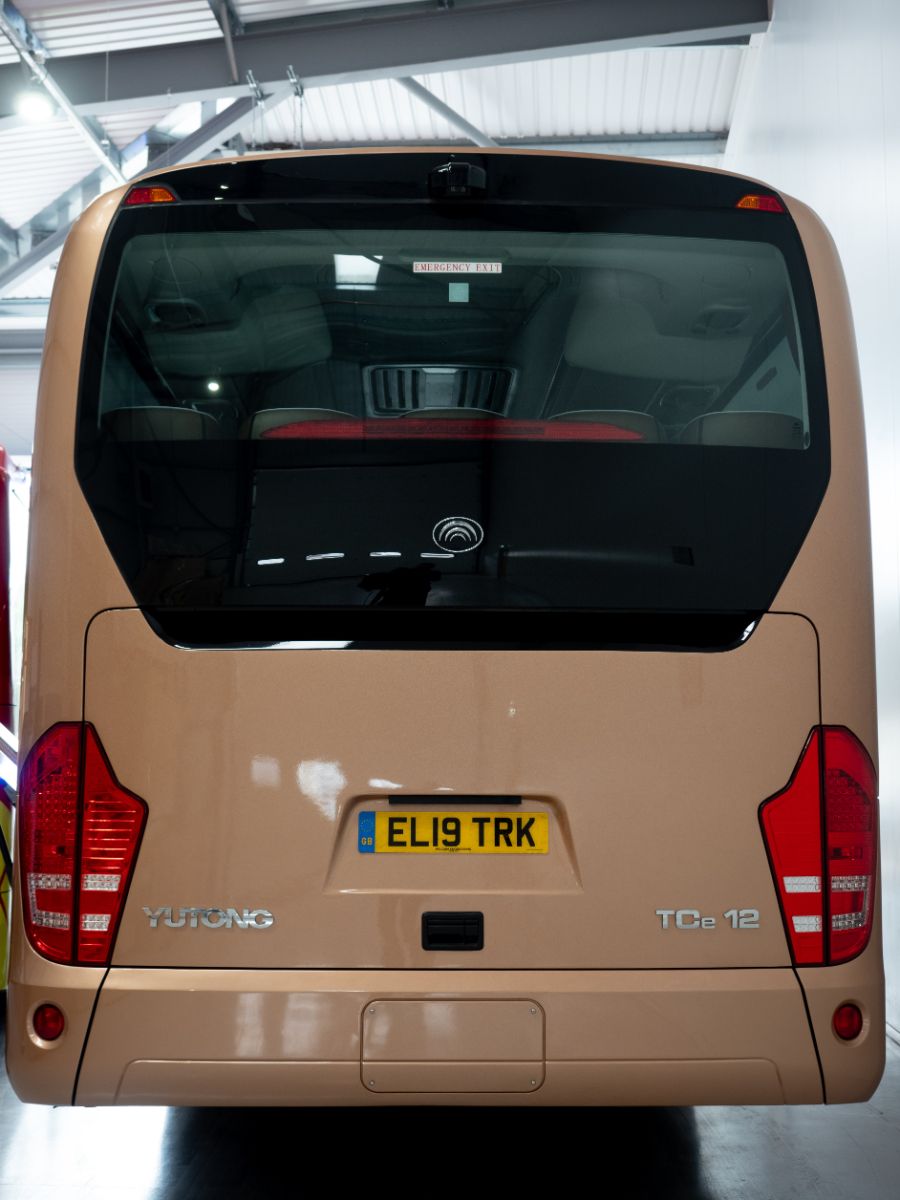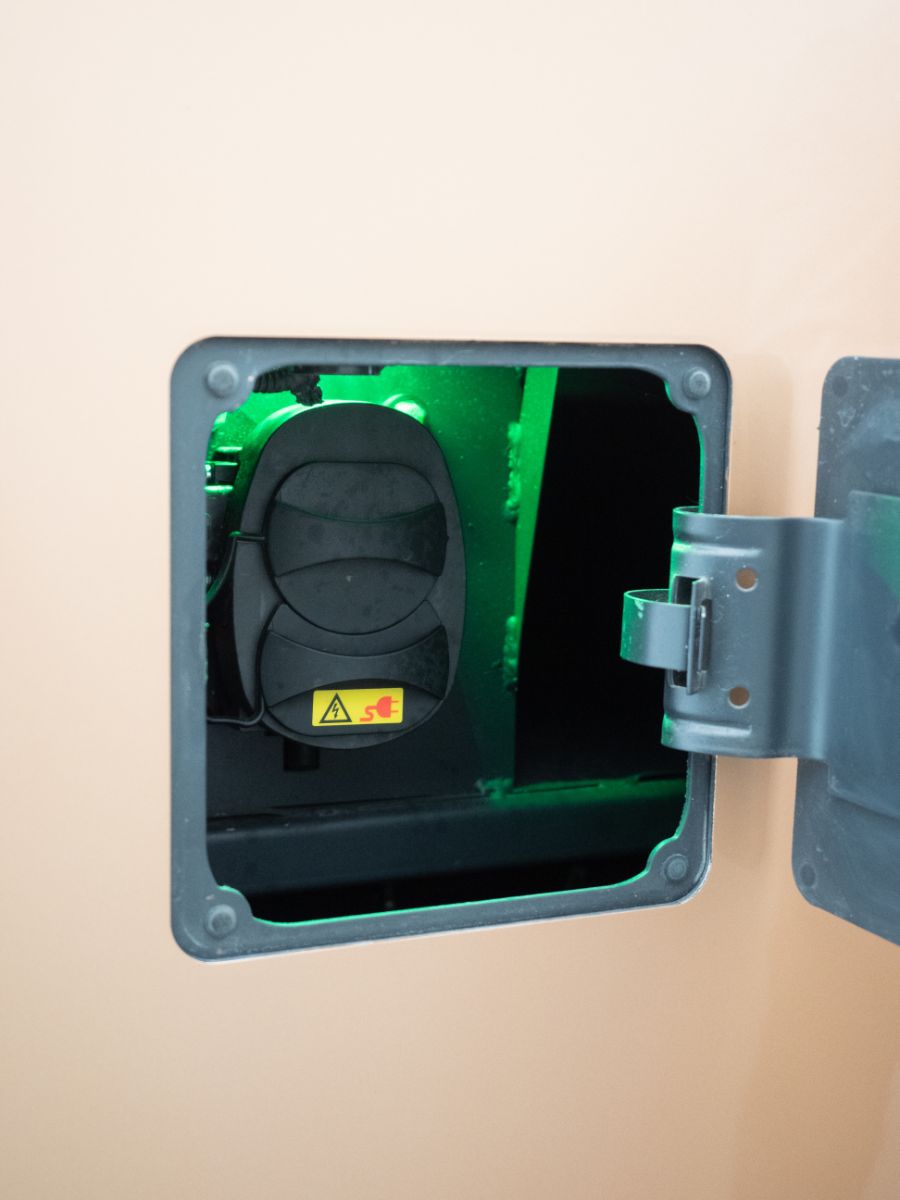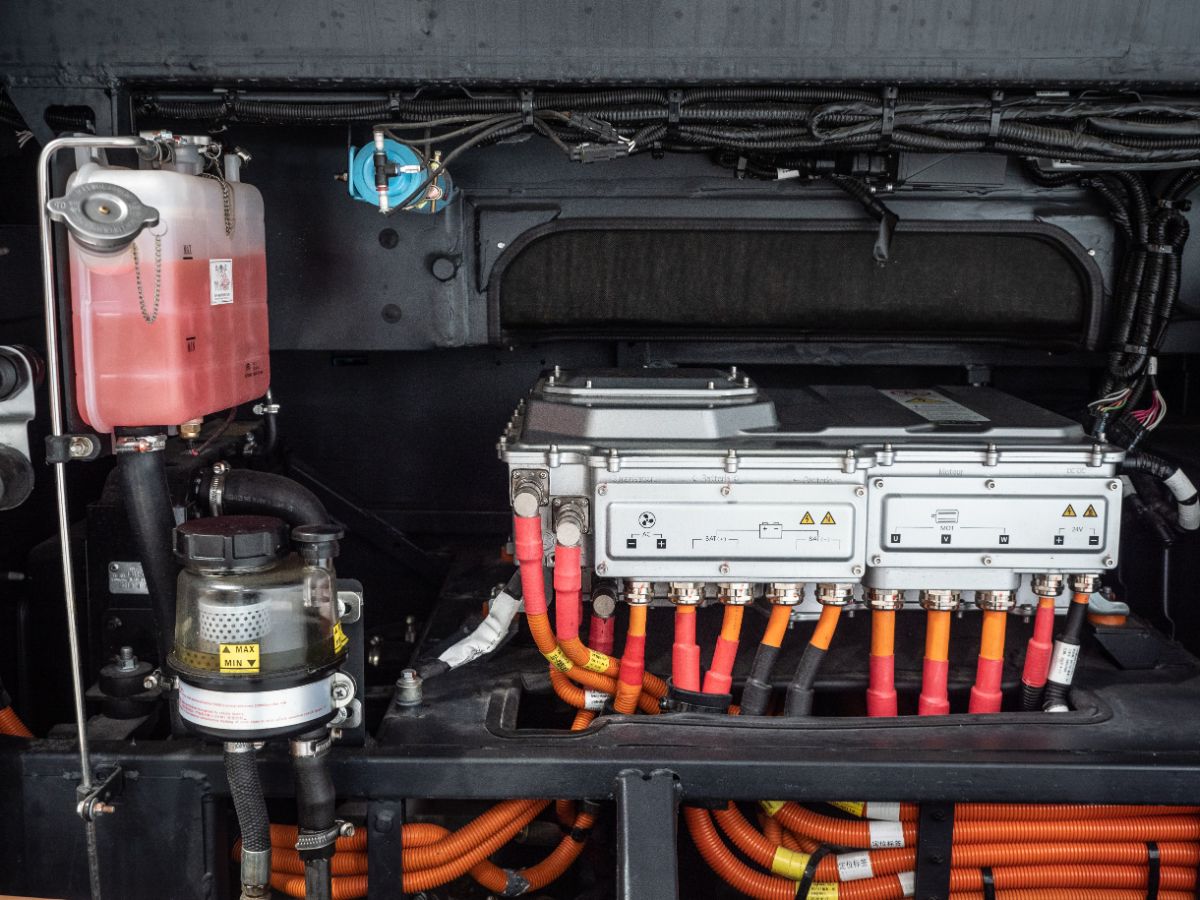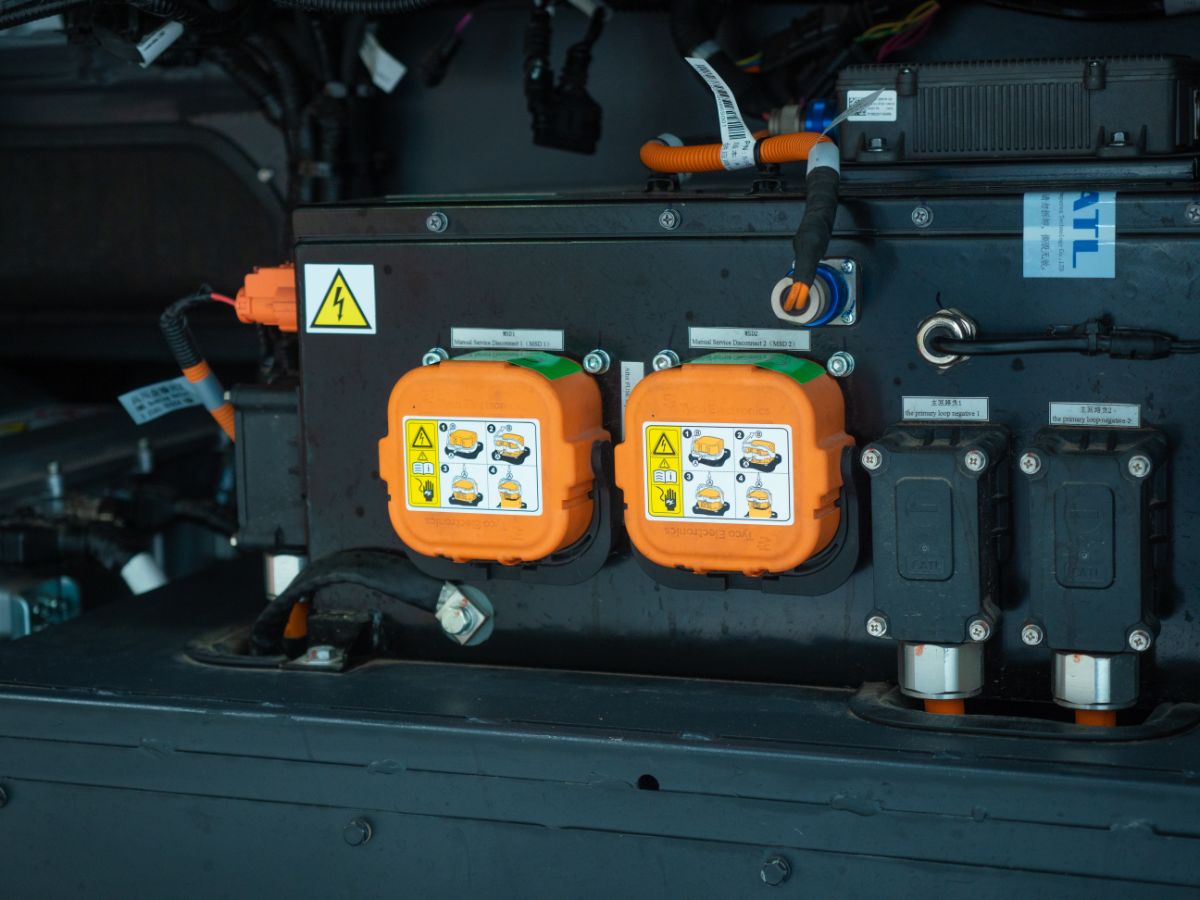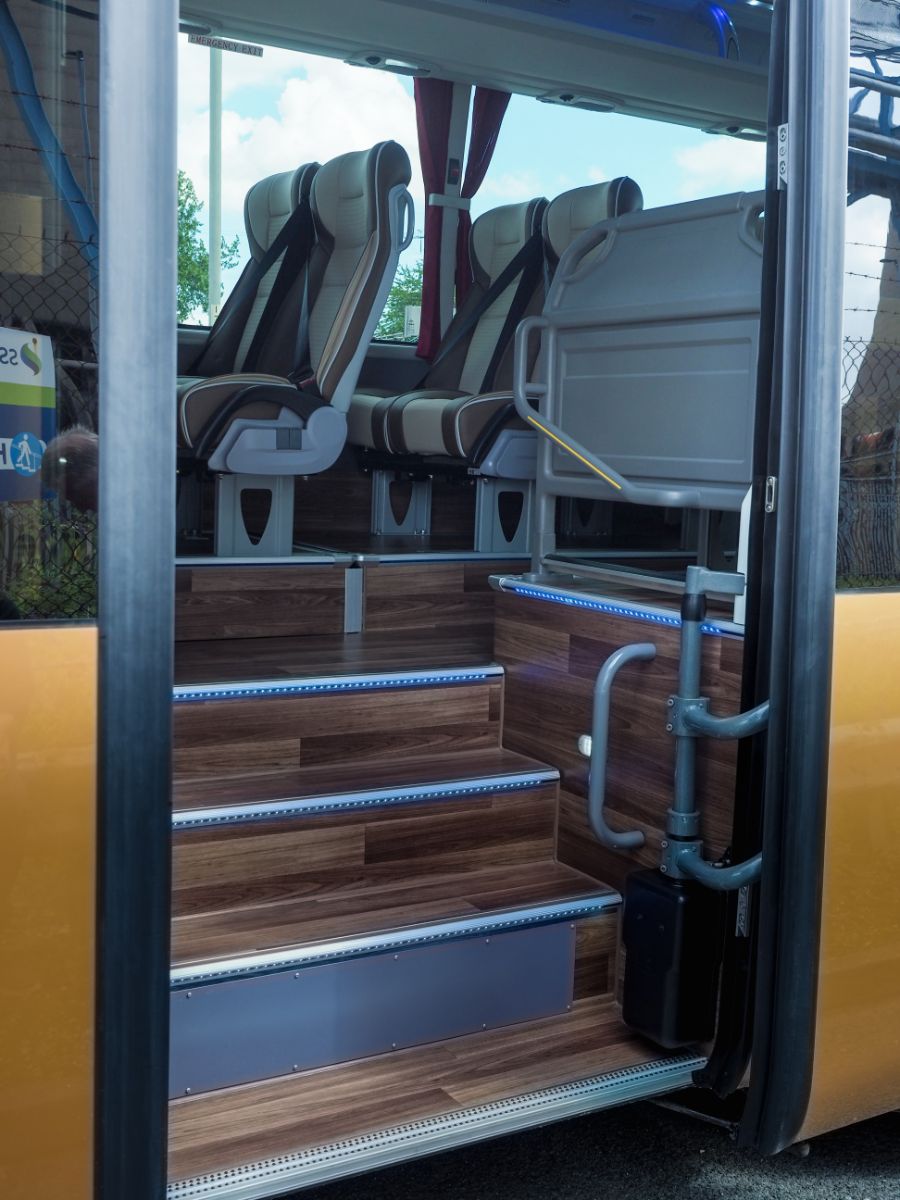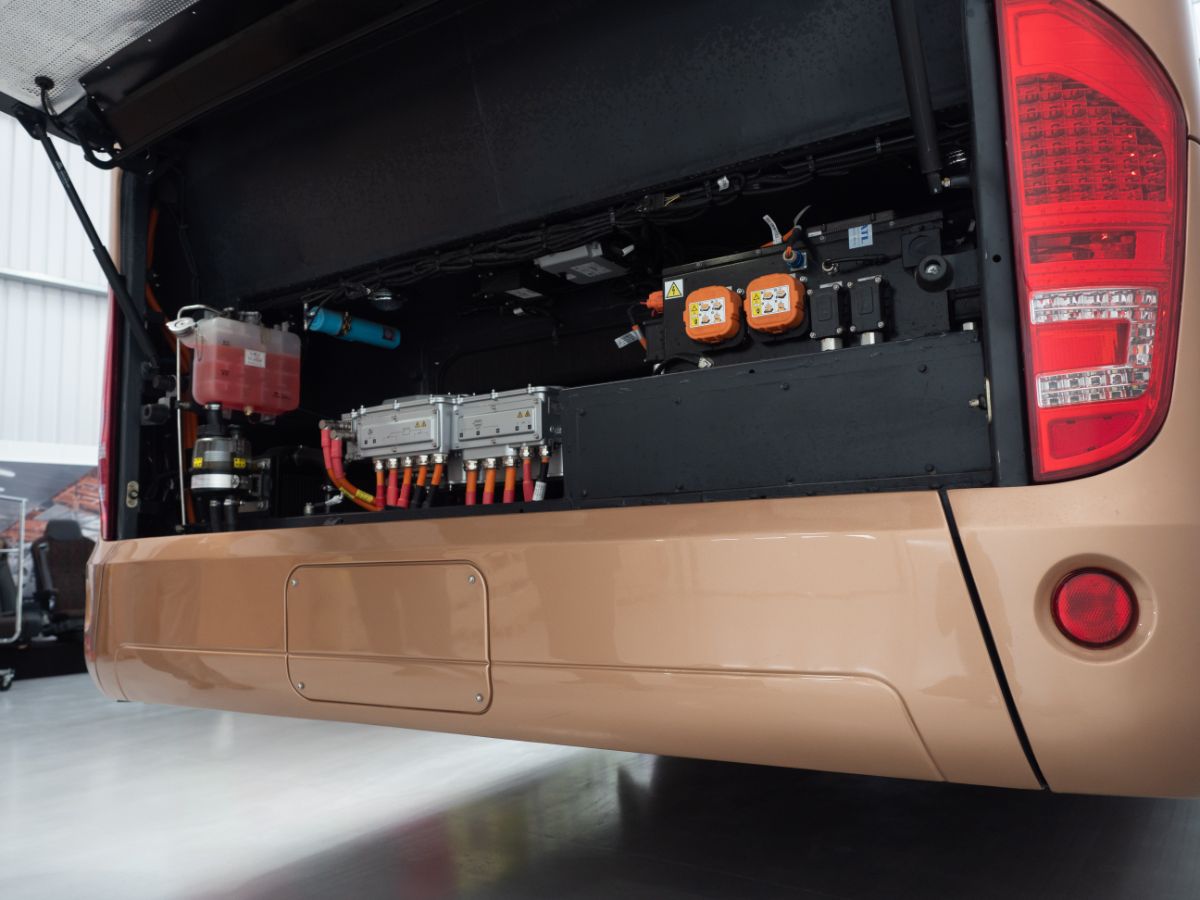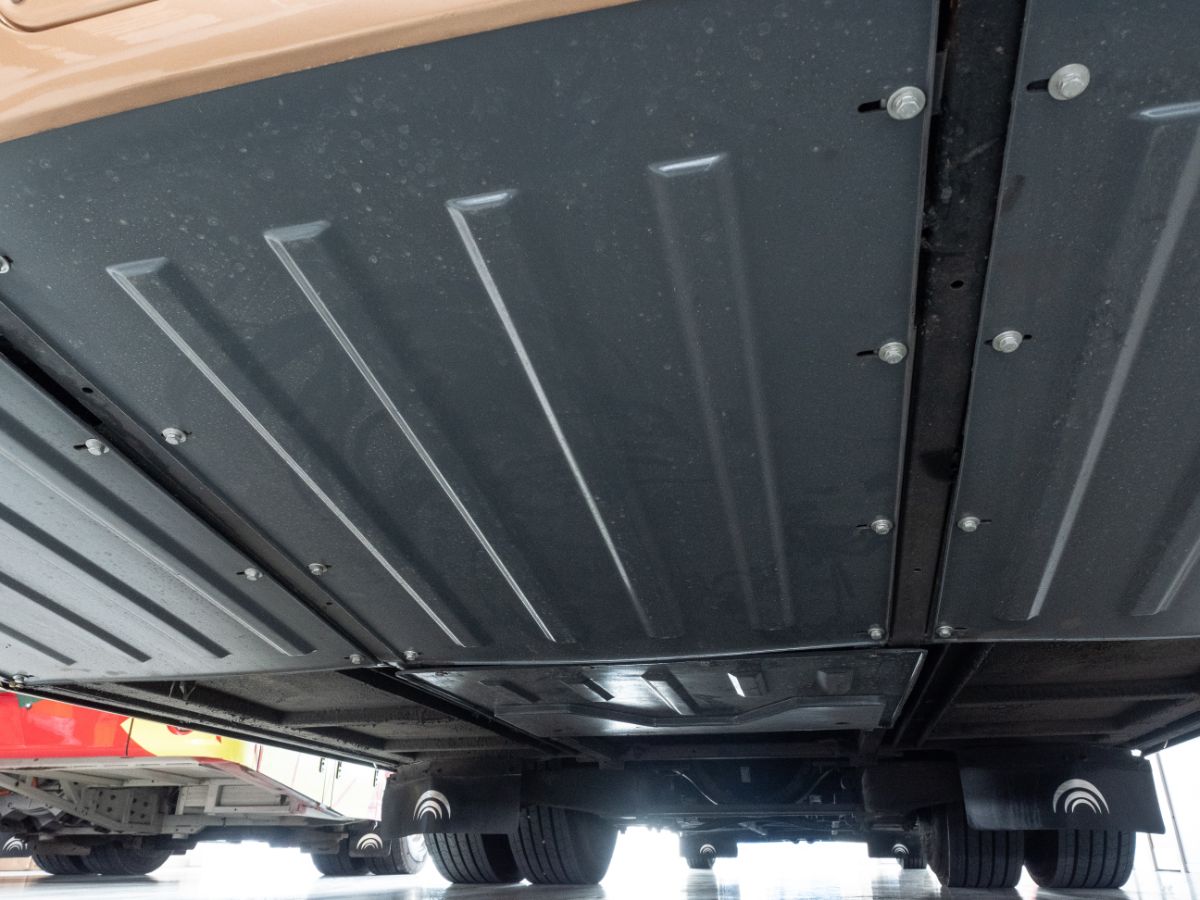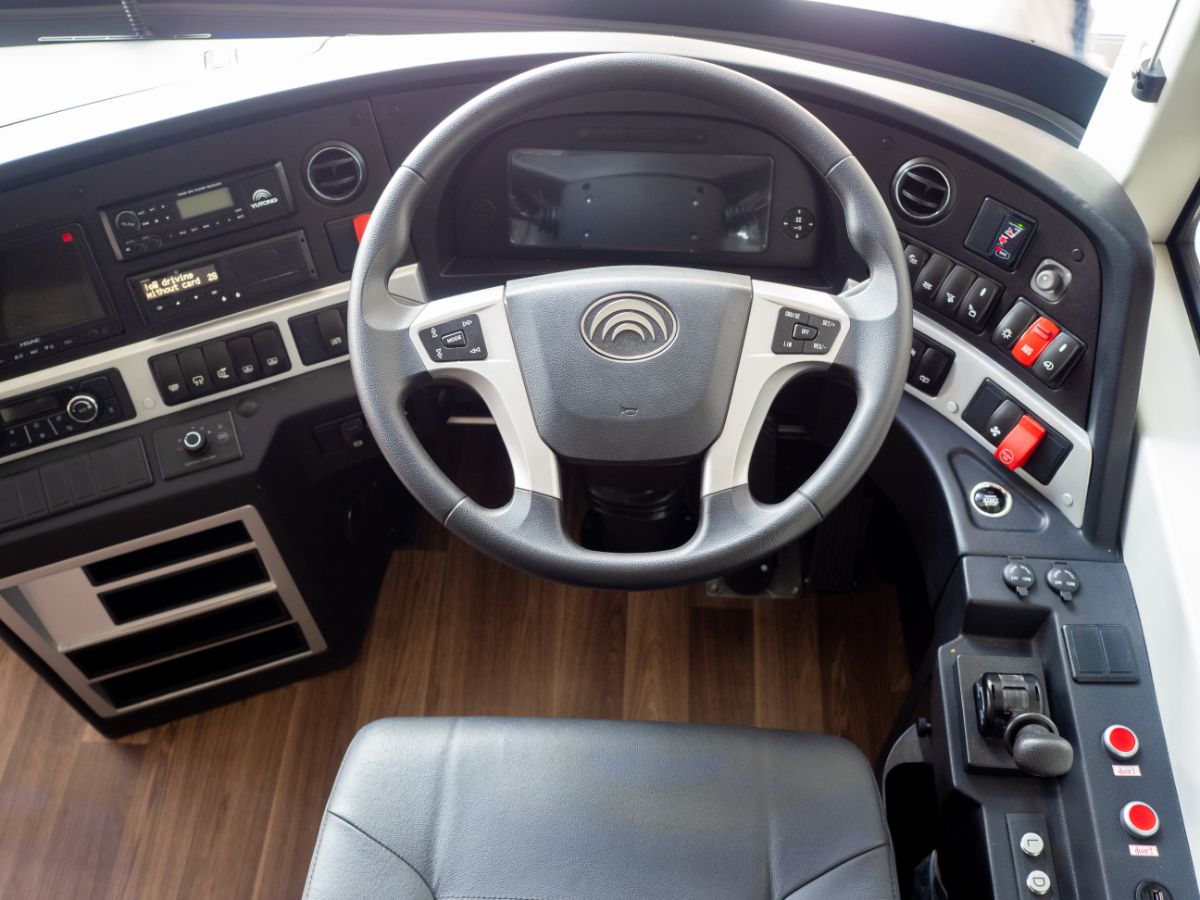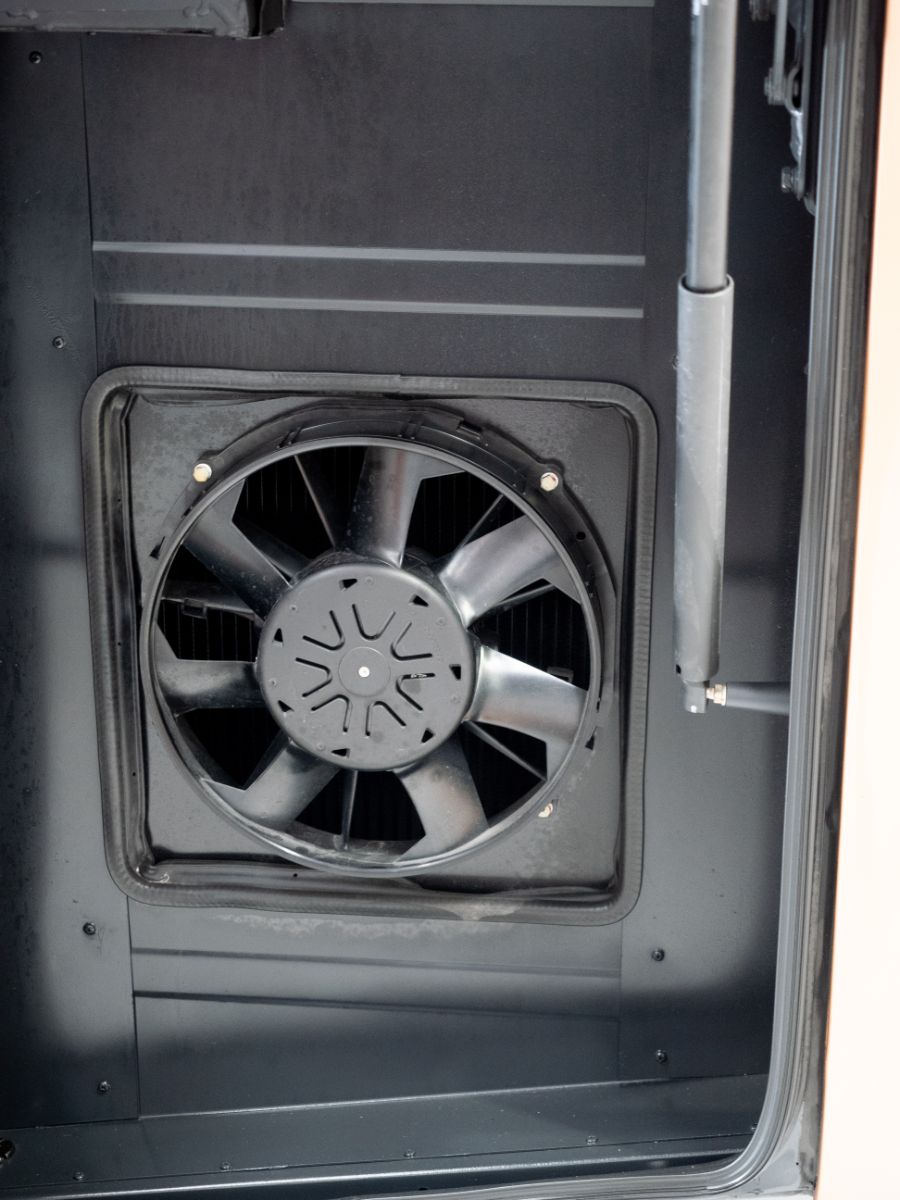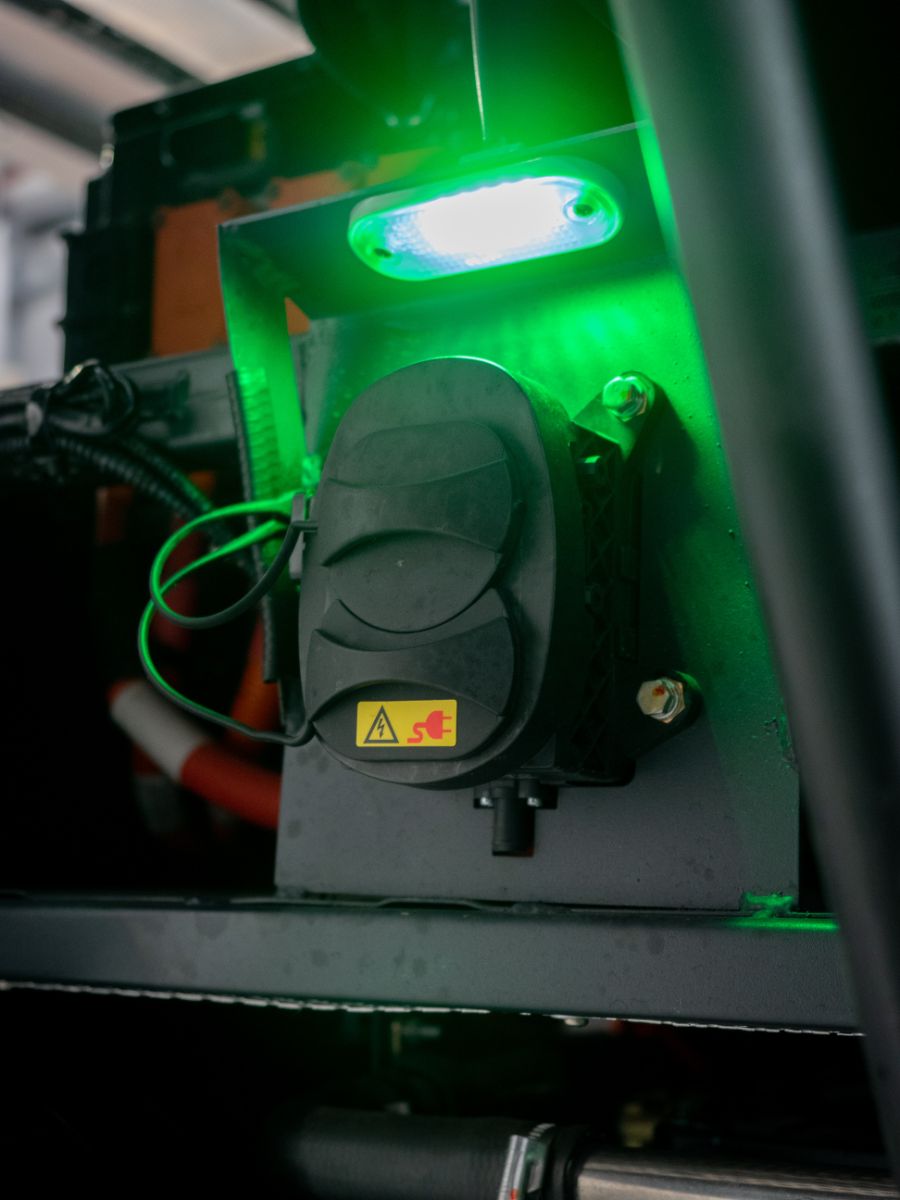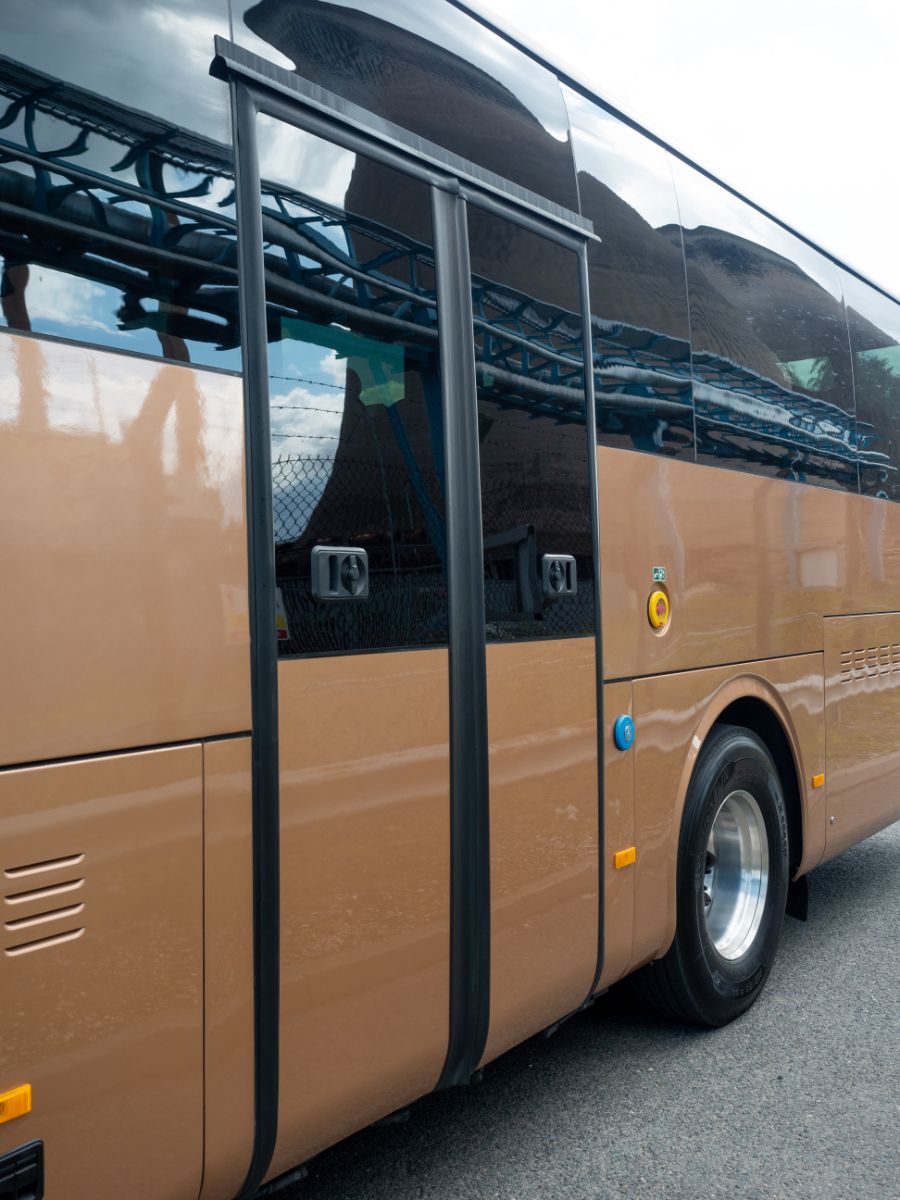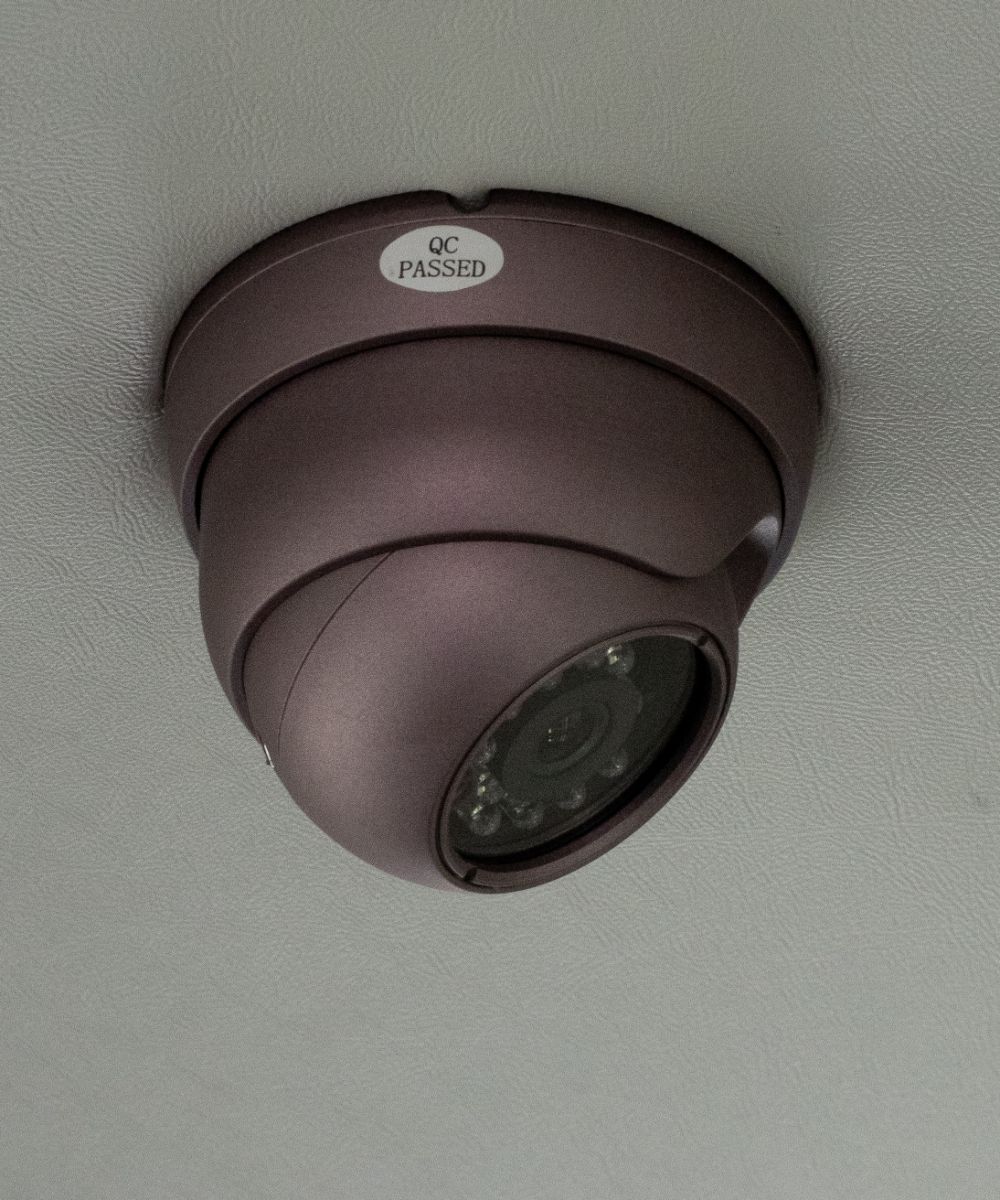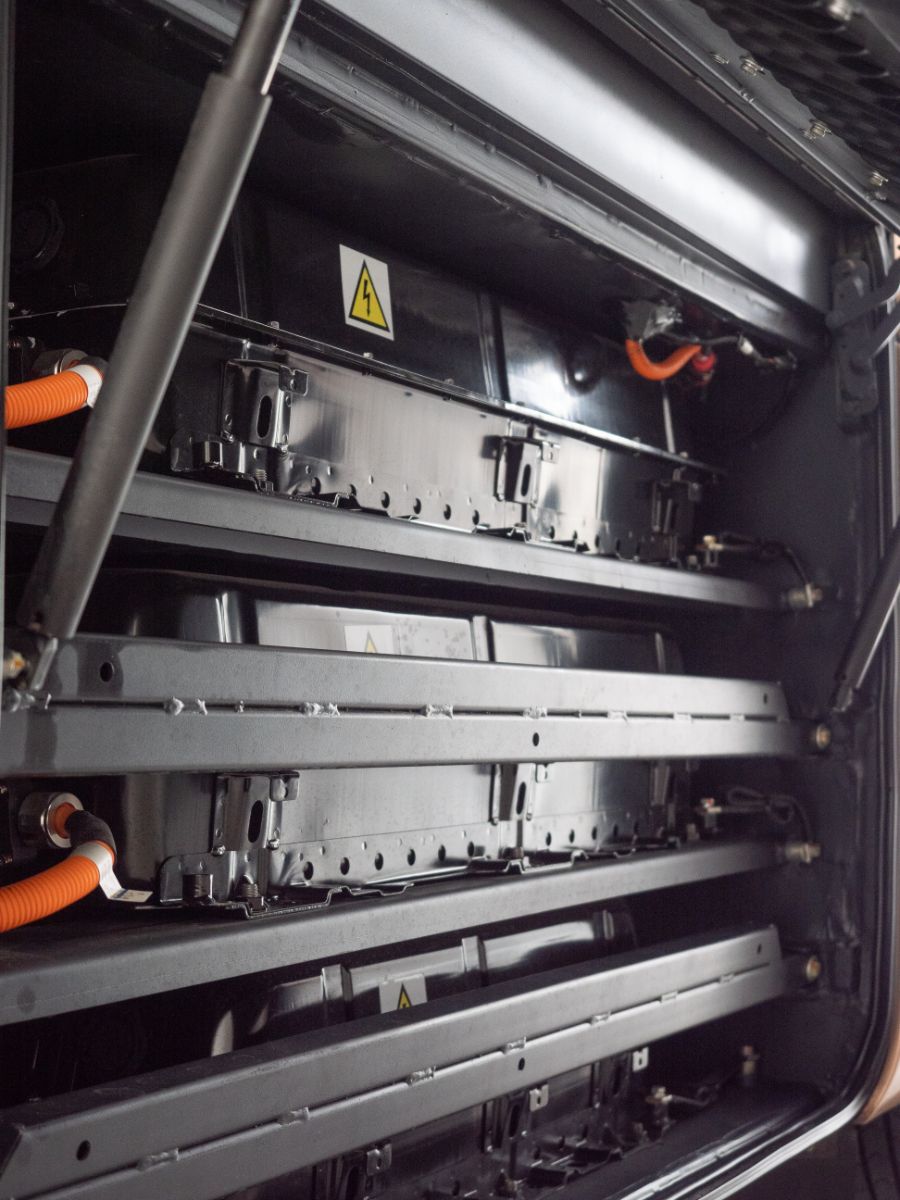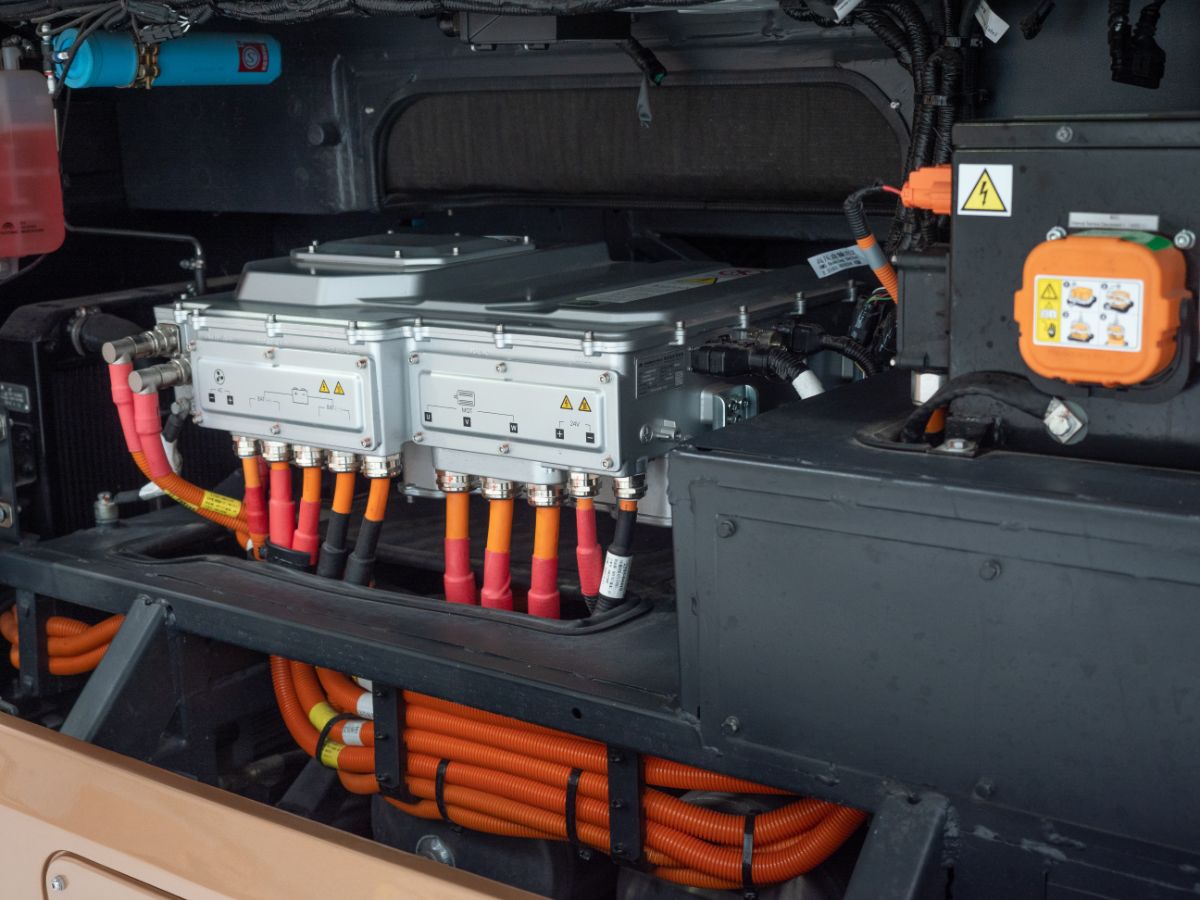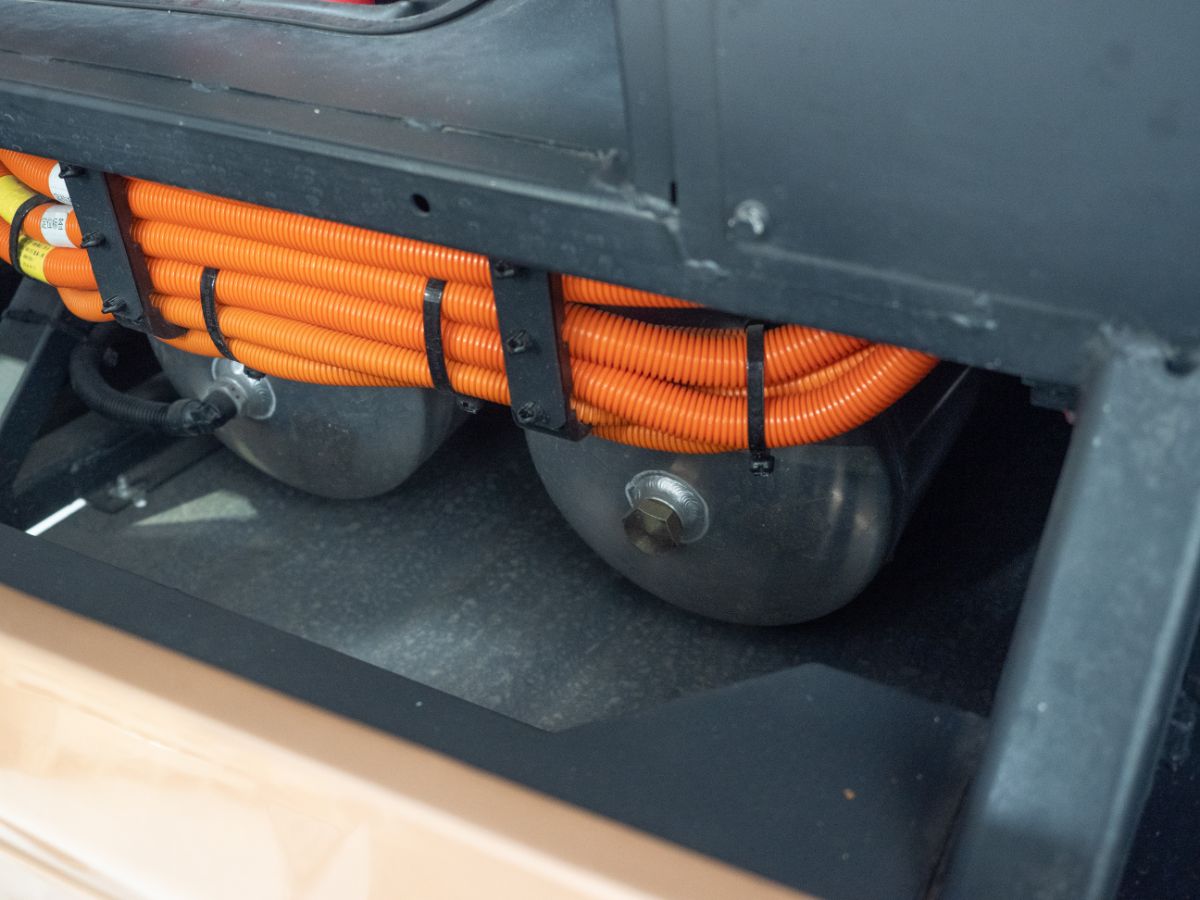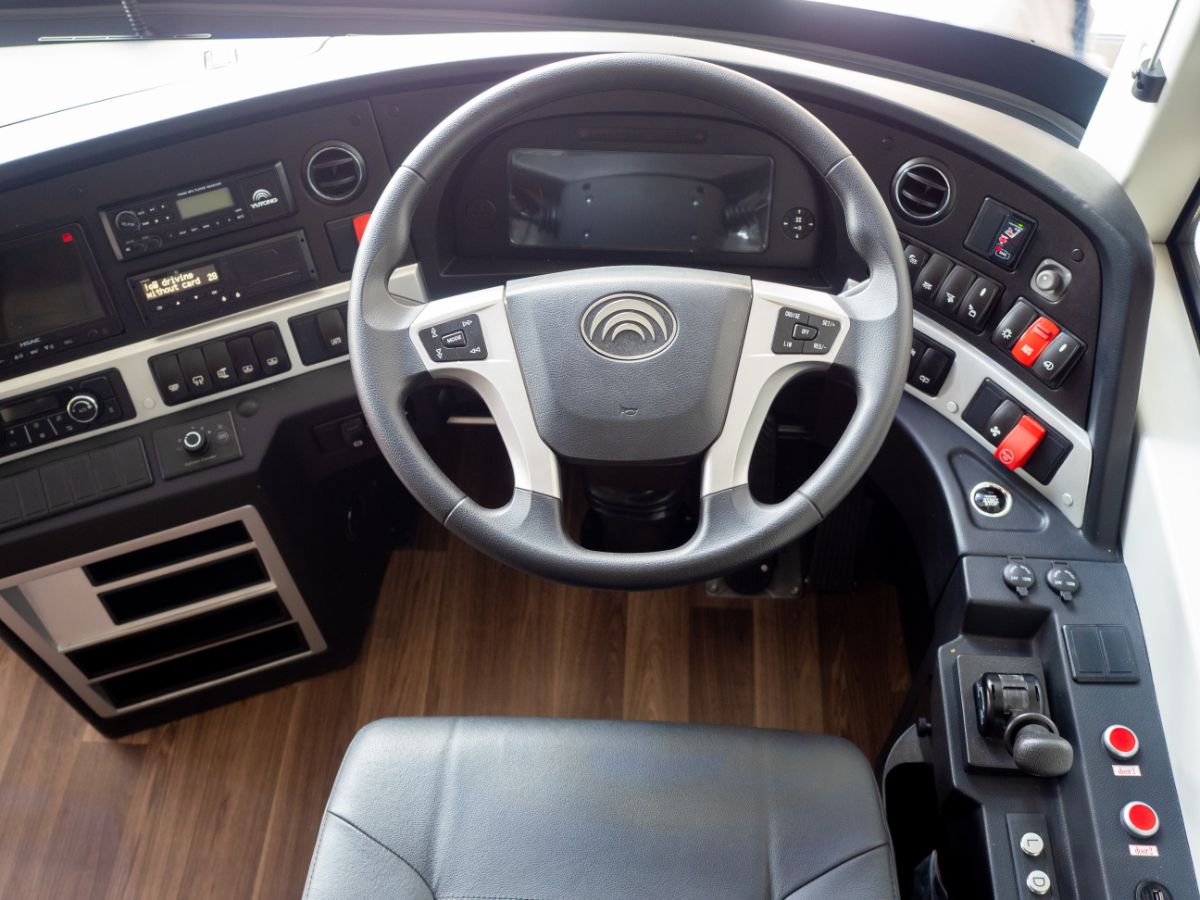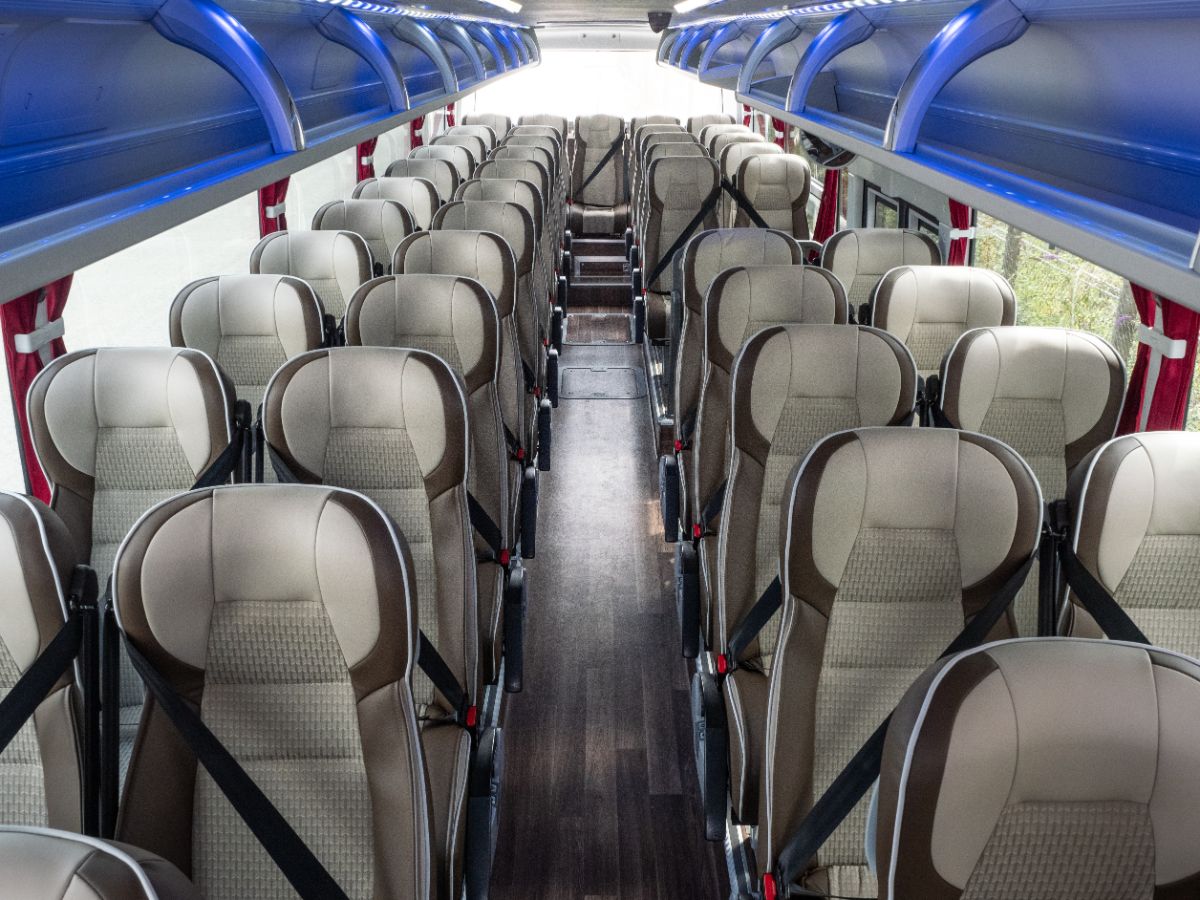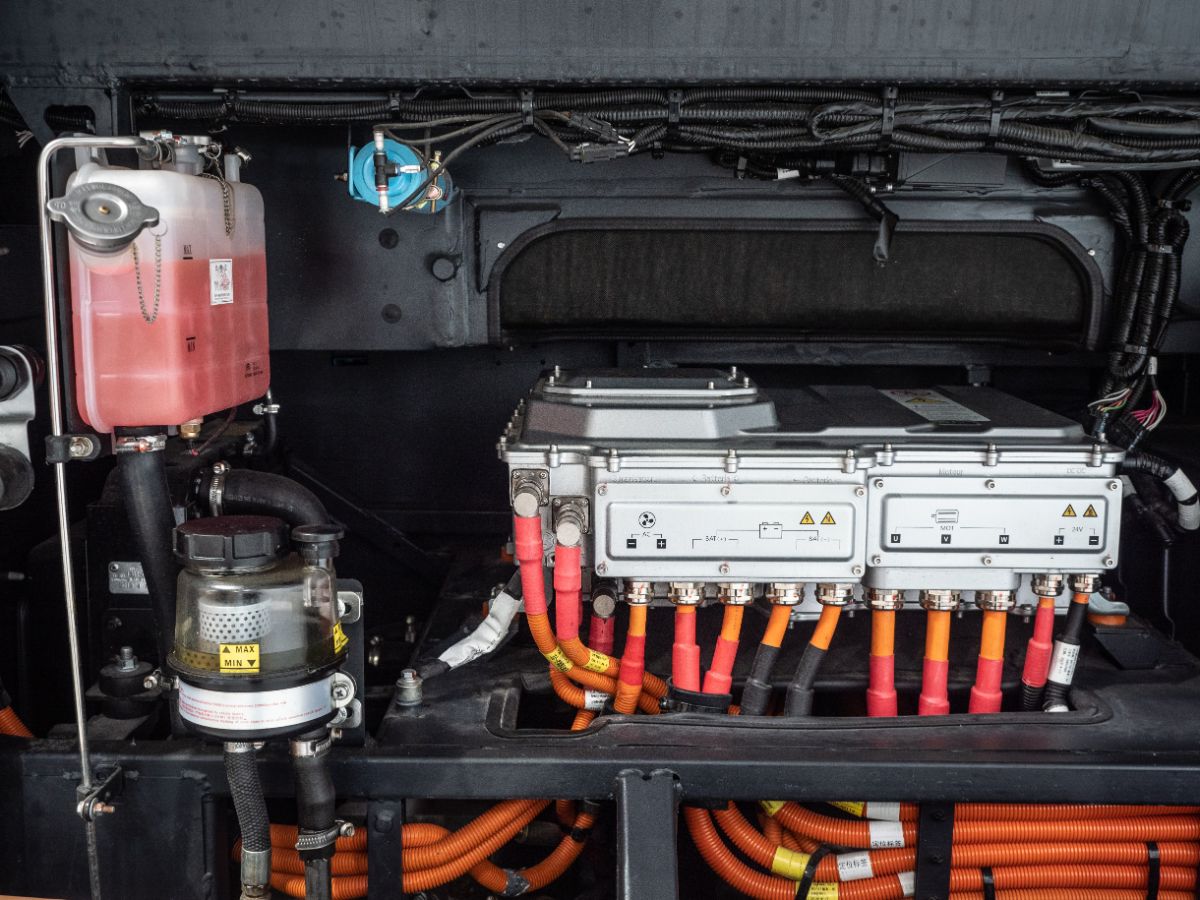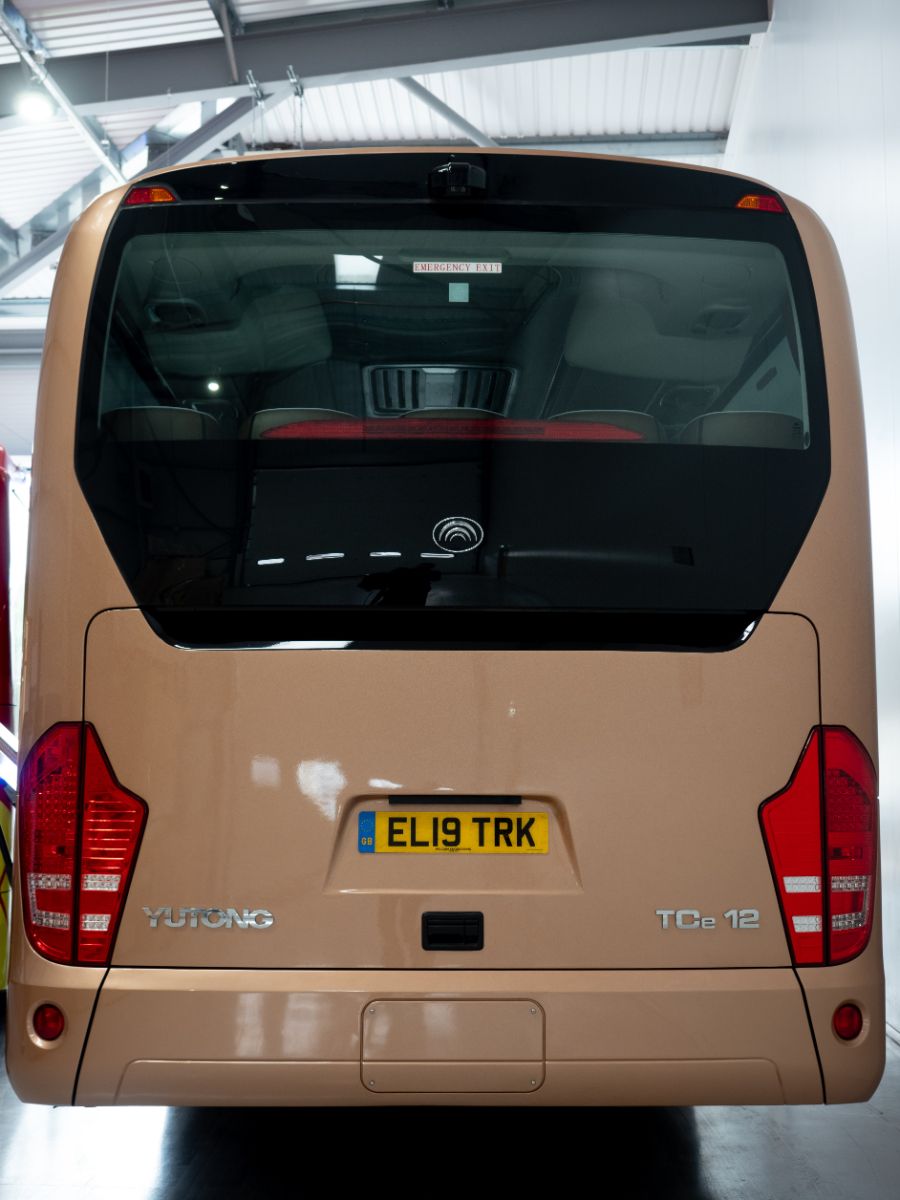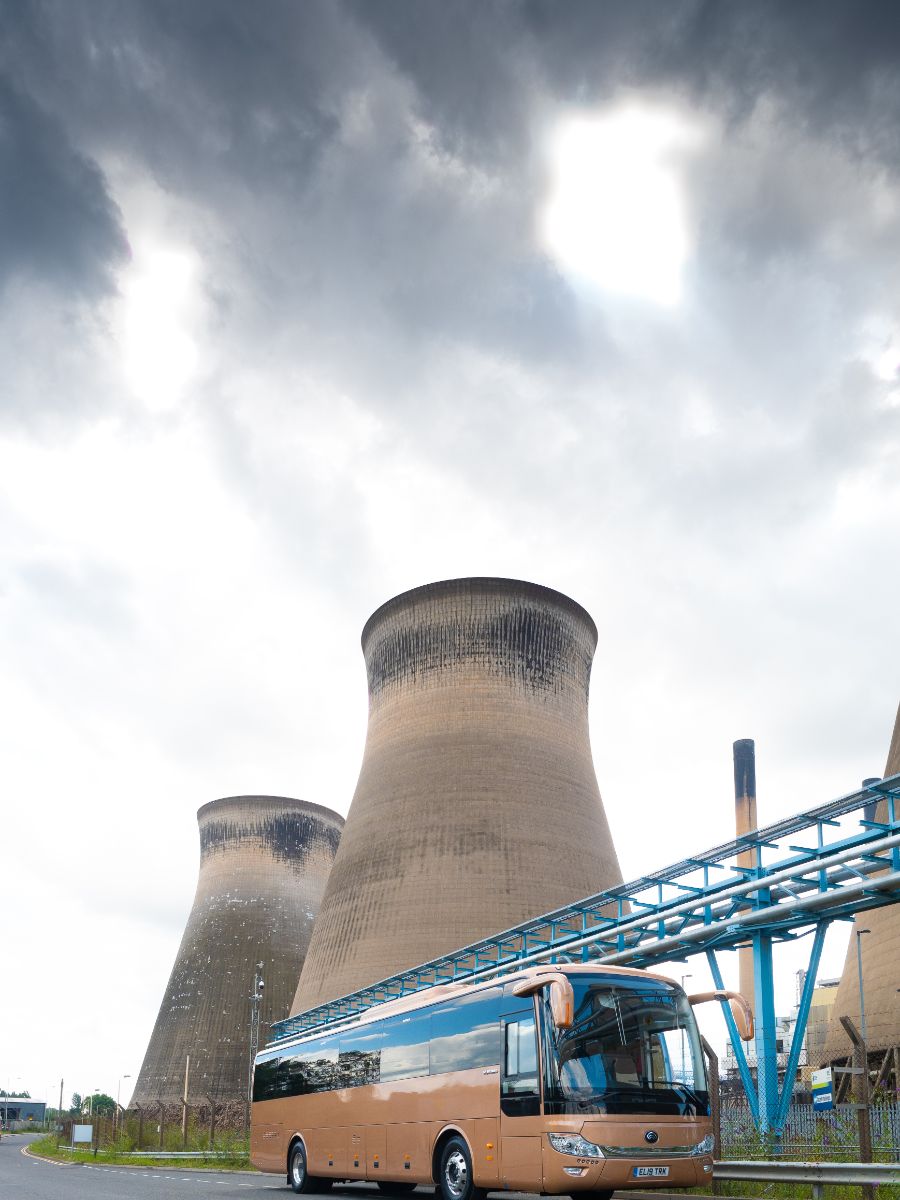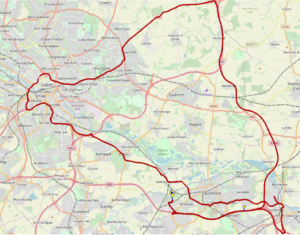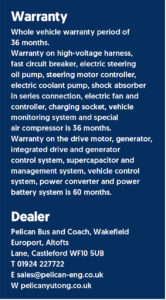Coming of age
Creating the first electric coach for the UK market, even with Yutong’s experience, is a very bold move. Bus and Coach Buyer road tests one of three vehicles destined for Westway of London. It’s a revelation
The Yutong TCe12 is, arguably, one of the most important UK coaches of the last five decades or maybe longer.
Since the first diesel engine went into a coach, the market has seen a lot of very important evolution; stronger and safer bodywork, more powerful engines, and computer-controlled drivelines. We’ve seen huge advances in computer-aided design, and the introduction of CANbus technology.
Of course, public transport is no stranger to electric traction, and there are a few electric buses around. But the Yutong TCe12 is the first fully-electric coach in the UK; a standard bearer for its type. It’s a revolution, not further evolution.
So when Bob Elliott at Pelican Bus and Coach invited Bus and Coach Buyer to take one of the first to arrive out on the road, we were intrigued. The Coach Stig was beside himself with anticipation. We needed to answer one question; is the TCe12 a practical vehicle; practical from the point of view of the passenger, the driver and, of course, the coach operator. Does it tick all the boxes?
One box it ticks from the start is coming from a dependable dealership in Pelican, whose reputation, built in a few short years, is among the best in the business. Extensive spares stock and decades of experience with heavy vehicle supply see to that.
Exterior
The TCe12 is a very tidy, if ordinary-looking coach. It doesn’t set out to mark itself apart from other coaches, and your punters would struggle to pick it out in a coach park.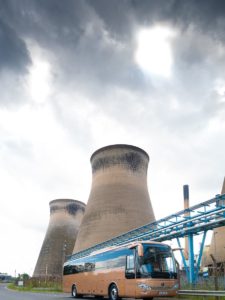
That can be a good thing – extreme style can look dated quite quickly if fashions change, but the TCe12 keeps it simple; there’s not much on the outside to polarise opinion.
There’s certainly no signs that this is an electric coach. The coach features the usual line-up of locker doors under the stretch panels and maybe fewer louvres where you’d expect to see them towards the engine bay.
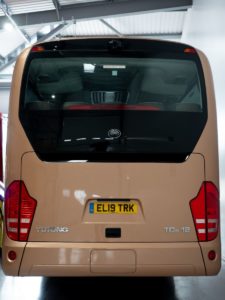 The front of the coach has a deep screen and the Yutong badge prominent on the inspection panel beneath it. Below that, brightwork connects the line of the LED headlamps and light clusters, with two front quarters and a small centre panel for the reg plate.
The front of the coach has a deep screen and the Yutong badge prominent on the inspection panel beneath it. Below that, brightwork connects the line of the LED headlamps and light clusters, with two front quarters and a small centre panel for the reg plate.
The driver has a sliding window and passengers a plug door, glazed to the waist. Our test driver is fond of a second pane lower down to gauge kerb distance, but the TCe12 is not unusual in this being omitted.
The deceit is uncovered when you raise the various locker doors. The engine bay is filled with wiring and electronics for the driveline, two large, red isolation fuses prominent for engineers to make the vehicle safe to work on. Surprisingly (for us) the engine bay also has a expansion tank for coolant, and to the side, a cooling pack; both serve the motor but are, as you’d expect, much smaller than for an IC engine.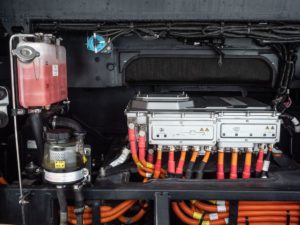
The batteries occupy significant volume which, in a diesel coach, would have been luggage space. This clearly influences the work the vehicle can do. Yutong has spread the batteries along the rear section, achieving a handling dividend.
While on the subject of the locker doors, these had a double hinge so they slot themselves back into place and make the rubber seal work very effectively – another sign that Yutong has gone to great trouble in the design of this coach. Run the video below to see what we mean.
An obvious sign that the test example is not designed as a touring coach is the centre double door, which gives access to a cassette wheelchair mounted within the first step. On the test vehicle, this had yet to be fitted. There is, of course, front passenger door with four, even steps. There is a hand rail to the left, and courier seat to the right.
Everywhere, the shut gaps between the panels were small and even. Unusually, the lower panels – on most coaches, made from GRP – are pressed steel of real quality, dipped to prevent corrosion. Wherever we looked, we saw evidence that this coach is exceptionally well made, with neat welds and tidy wiring.
Interior
The exterior impresses, and the interior matches it in quality and finish. All corners and edges were neatly sealed and fasteners mostly covered.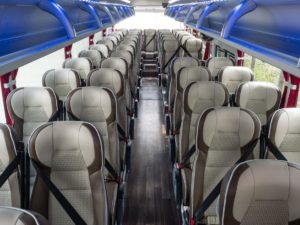
Whether you like the colour scheme in the test vehicle is subjective and the choice of the operator; our test driver was unsure about the brown and cream combination, while this writer rather liked it; slightly reminiscent of the trim of special-edition Range Rovers and upmarket cars.
In the test vehicle, Pelican had been experimenting with seat positions, leaving some with little pitch; this will not be the case in delivered coaches. There are 46 of the manufacturers’ high-backed seats with man-made leather insets and modern fabric. The seats have handholds at the top corners and a USB socket installed in the rear mouldings. Other seat options are being investigated, but the pattern fitted are very comfortable.
There’s a centre sunken aisle with quite a high step down. At the rear, there is a step up to the rear row of seats.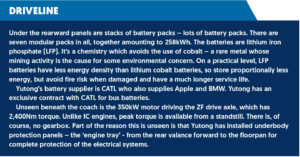
The optional centre door stepwell does, of course, create a void on the nearside. Pelican is talking to Yutong about other variants, but this configuration is the current choice. The test vehicle is designed to have a wheelchair lift. To accommodate the wheelchair space, the offside seats opposite the door are installed on their own plinth, and the entire plinth is removed, the restrained wheelchair at aisle height.
Above the seats are very substantial, open luggage racks the length of the vehicle. They carry the passenger service units, which have reading lights, mood lights and adjustable air vents.
This is a fully electric coach, so power for the air conditioning and heating is drawn from the batteries. It was a sunny day for our test drive, so we were running the air conditioning quite hard; in point of fact, we all had some trouble adjusting it, but with the manual back at base, we couldn’t bone up on on the unit’s menus…
This is relevant, as heating and cooling electric vehicles has an impact on their range. For this reason, Yutong has sensibly opted to use the coolant for the motor to supply four 2.5kW floor-mounted radiators. The roof-mounted air conditioning pack can also supply heat.
The coach has compressors and air tanks, used to power the doors and assist braking… a system familiar to technicians.
On the road
Everything on the dash seems familiar to the driver. In this era of automatic transmissions, button-operated drive selection is commonplace and, of course, this coach has all of the usual controls.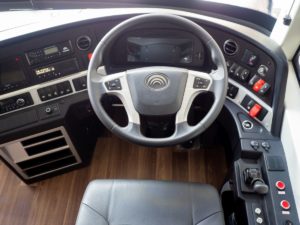
After the start button is used, there’s a slight delay as the coach runs system status checks and it fills the air tanks. When the coach comes alive, a colour LCD panel in the centre of the binnacle reminds you who built the coach then displays a huge range of information, so that cycling down the menus can even reveal diagnostics information for technicians.
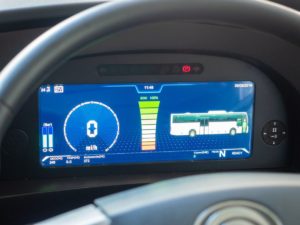 The screen can be configured but the main running screen has a speedometer and, where you may have had a tachometer, a digital ‘dial’ showing the rate of energy being used, and the amount being recovered on overrun or downhill. The remaining charge in the battery, in percentage figures, is shown, and the estimated remaining mileage this will achieve. The estimate is constantly revised, and will reflect the driving style and duty cycle as the coach is being driven.
The screen can be configured but the main running screen has a speedometer and, where you may have had a tachometer, a digital ‘dial’ showing the rate of energy being used, and the amount being recovered on overrun or downhill. The remaining charge in the battery, in percentage figures, is shown, and the estimated remaining mileage this will achieve. The estimate is constantly revised, and will reflect the driving style and duty cycle as the coach is being driven.
Pulling away is the same as with an automatic transmission, except almost completely silent. Immediately, the test driver had to make some tight turns in the Pelican yard, and the ZF steering axle showed it to be a very manoeuvrable coach: “This low dashboard gives a really good view around the front of the vehicle,” said the test driver. But the real fun started on the road.
The TCe12 accelerates briskly and very smoothly. Naturally, there are no ‘lumps’ in the acceleration – it’s just relentless. This coach seems to accelerate as quickly 40mph to 60mph as 10mph to 30mph. This characteristic of electric motors is very endearing, the vehicle never ‘caught between gears’ when ratios don’t quite match the road speed.
To the right of the steering wheel is the retarder. Well, it is and it’s not. Retardation is provided by the drive motor, reversing the polarity to recover energy which, with friction brakes, is wasted in heat. The power gauge reflects this, showing the driver the rate of energy recovery, which begins when the throttle is lifted, and increases with braking effort.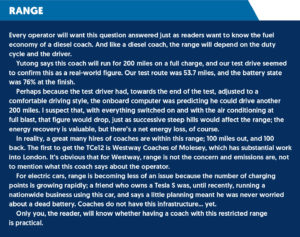
The retarder lever has four positions, and at each position downwards, recovers more energy from deceleration, in a similar way to adjusting a retarder. At its highest setting, the deceleration available without using the brake is significant, and recovers commensurate amounts of energy.
The test driver experimented throughout the test by adjusting this, and settled on its second setting of the four positions. Even on this setting, very substantial amounts of braking are applied without use of the friction brakes. Driving this coach is much more of a one-pedal affair than with a diesel coach.
Range anxiety is currently the affliction of the electric vehicle market. Our test driver was conscious of power use – probably much more so than with a diesel vehicle – and consciously adopted a driving style which seemed most economical. This wasn’t to the detriment of the traffic behind us; the TCe12 performs very well in all circumstances.
“The ride this coach has is very nice,” he said. “It’s firm but quiet. The steering is very positive with good feedback. And the view around and in the mirrors is very good.”
Our test route wasn’t the toughest, with limited city centre driving, but in Yorkshire, you’re never far from a hill. The coach’s performance was linear.
Entering one roundabout and leaving up a steep slip road showed the difference between an electric coach and a diesel – even with the best transmissions. Power delivery is seamless, and the coach dealt with it perfectly.
Passengers will enjoy a near-silent environment. There is no wind noise anywhere. In fact, the lack of engine rumble and transmission meant Pelican’s Area Sales Manager, Steve White, who was travelling with us, could hear conversation at the front of the coach from the rear seats. There was slight evidence of, perhaps, diff whine, but only when the coach was being heavily retarded and decelerating. Very impressive.
We wanted to find fault with the drive the TCe12 gave us, but we just couldn’t. We liked it, as a coach.
Verdict
Electric motive power has some very significant advantages over diesels which should not be minimised.
Importantly, the reduction in the number of moving parts and the reliability of modern electric motors will mean this coach’s driveline will require very much less servicing – a six-hour connections check every two years. Indeed, only the running gear will require regular maintenance. Dispensing with the need for buying and disposing of engine oil alone is a huge annual saving. No engine or gearbox failures or repairs is the promise.
Eventually, the argument all comes back to batteries. They’re expensive, hoisting the price of this coach to £305,000. This cost, though, is offset by the cost of the fuel. So let’s do some fag-packet calculations.
Currently, electricity is 12p per kWh so a full charge of the TCe12 should (assuming no power losses in the charging system) be around £30. That equates to 15.5p per mile. At current prices, and let’s say a generous 13mpg, a diesel coach’s fuel cost is 46p per mile – three times as much. This has to be factored into your reckoning. Quite possibly an annual saving of £15,000 or more.
You will need your own charging station, and that adds either £19,500 plus VAT for a 60kW unit from Yutong, or £35,000 plus VAT for a 120kW unit, achieving a full charge in four hours and under two hours respectively. Other chargers are available, and we are told Yutong is speaking to Zenobé, which specialises in vehicle battery and charger lease deals which would reduce the high capital cost.
Then there are other downsides. Together, the batteries weigh 1.4 tonnes. Because the rear axle limit in the UK is 11.5 tonnes, the TCe12 can only have 49 seats plus driver and courier (46 in this centre-door configuration). In France, the same coach can have 59 seats
It wasn’t so long ago that 49 seats in 12 metres was seen as normal, and though demand for higher seating capacity has increased for some operators, this may not affect others, or affect specific work. Only you will know how much this matters to your customers. It seems to us that 200 miles is the perfect match for most day trip business, for example.
There’s one compromise you will not be making, and that’s on the build quality of this vehicle. Regardless of the economics in your operation, on the evidence of this road test this seems a very fine vehicle and, as builder of the first electric coach for the UK market, Yutong deserves great credit for having made it very tempting indeed.
Yutong TCe12 Electric Coach |
|
| 46+1+1 seats (test example) | |
| £305,000 | |
| Specification | |
| Length | 12,365mm |
| Width | 2,550mm |
| Height | 3,400mm |
| Luggage capacity | 3.5m3 to 5m3 dependent on wheelchair provision |
| GVW | 18,500kg |
| Vehicle weight | 13,500kg |
| Motor | Single Yutong YTM280-CV9-H electrical PMSM rear-mounted, liquid cooled |
| Max, power | 350 kW (469hp equivalent) |
| Max torque | 2,400Nm. |
| Front Axle | ZF RL82EC steering axle with ZF 8098 electro-hydraulic energy saving power-assisted steering. ZF8098 electric power steering pump. |
| Rear Axle | ZF AV132 conventional drive axle |
| Suspension | Full ECAS air suspension with twin front air bags and four rear air bags, SACHS shock absorbers and kneeling function. |
| Tyres/Rims: | Michelin 295/80 R22.5 X Coach |
| Braking | Air brake system with front and rear disc brakes. Regenerative braking system extends range by up to 40% depending on the route. Air supply from electric drive compressor |
| Battery | LFP (Lithium Iron Phosphate) batteries, 258kWh capacity |
| Charging time | With 120kW DC charger, under two hours. Charger fully programmable and designed for outdoor installation. All charger options have twin CCS 2 charging guns so two coaches can be simultaneously charged |
| Tyres/Rims: | Michelin 295/80 R22.5 X Coach |
| Heating and climate | Yutong independent roof-mounted electric heating and cooling A/C system with cooling capacity of 32,000 Kcal/h. Four independent 2.5Kwh floor level radiators |
| Mirrors | Electrically operated and heated Mekra rear view mirrors |
| Audio/PA | Radio/USB player with speakers in driver and passenger area, Driver and courier microphones. |
| Roof hatch: | Twin roof hatches with two way fans |
| CCTV: | Integral reverse camera complete with dash mounted colour screen. Separate camera showing internal view of centre doors to same screen. |
| Warranty: Whole vehicle warranty period of 36 months. | |
| Warranty on high-voltage harness, fast circuit breaker, electric steering oil pump, steering motor controller, electric coolant pump, shock absorber in series connection, electric fan and controller, charging socket, vehicle monitoring system and special air compressor is 36 months. | |
| Warranty on the drive motor, generator, integrated drive and generator control system, supercapacitor and management system, vehicle control system, power converter and power battery system is 60 months. | |

